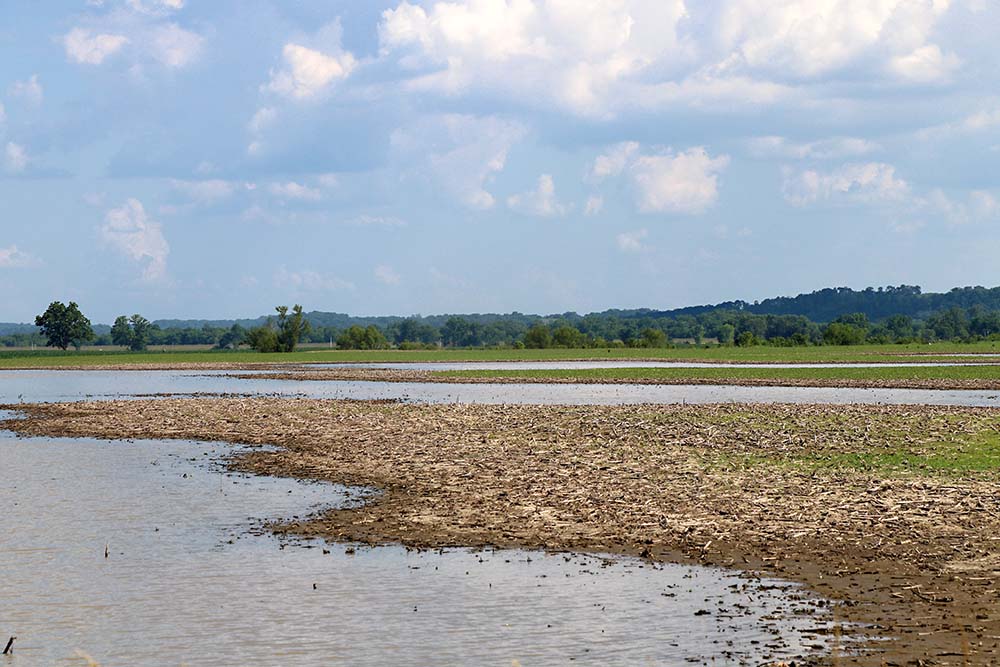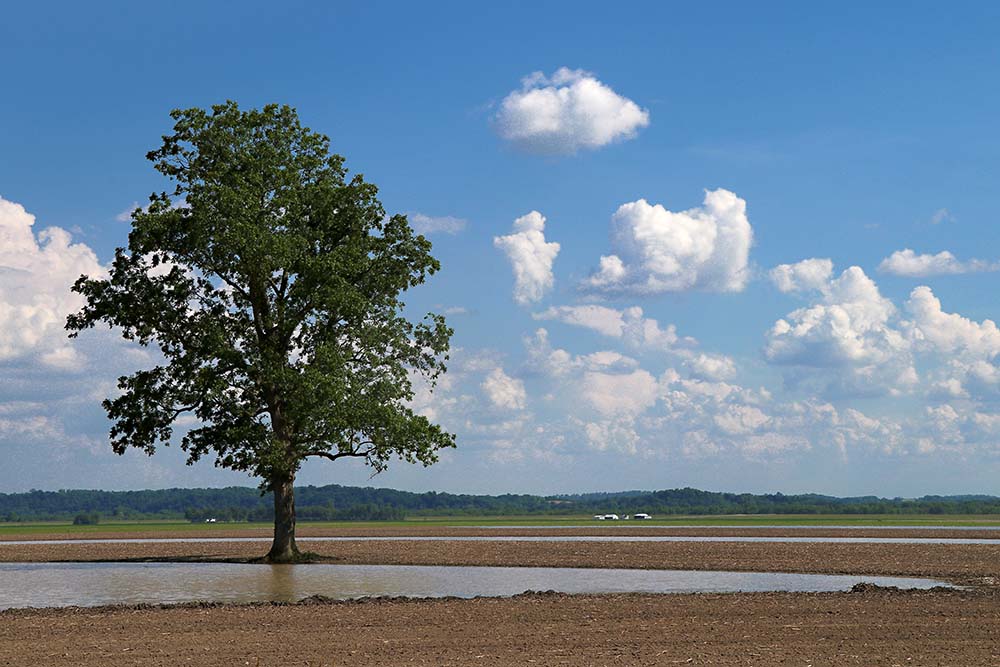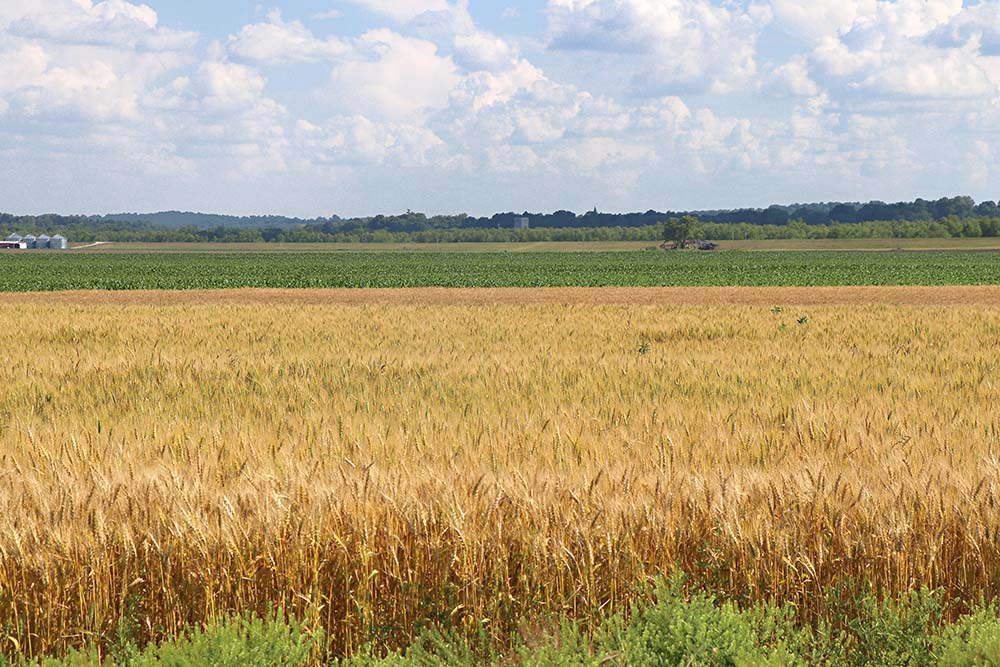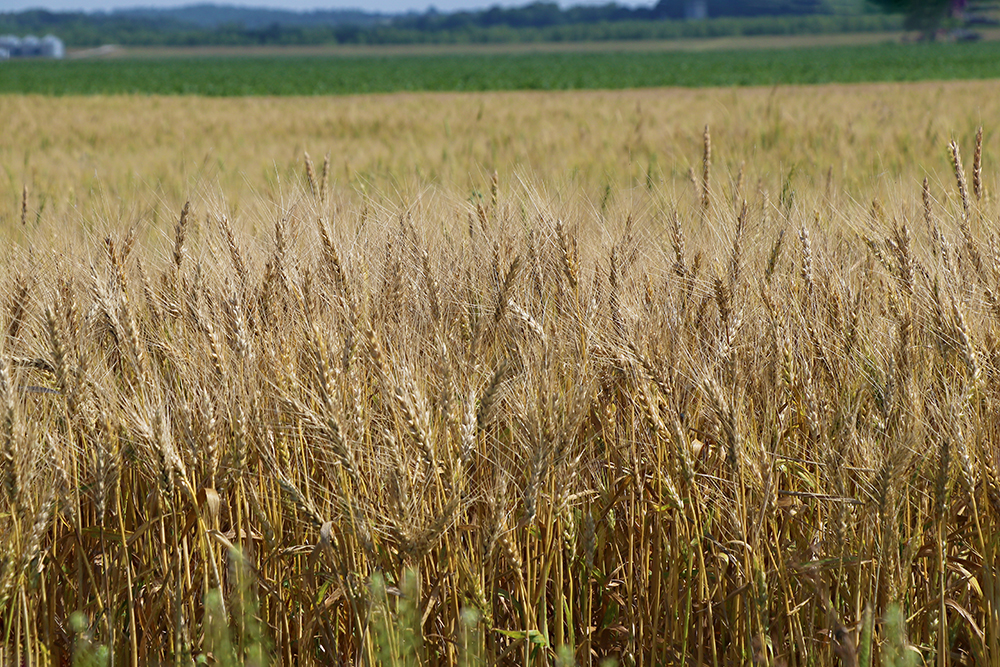Kaskaskia Illinois
Kaskaskia August 6, 2017
We visited Kaskaskia on August 6, 2017, to visit the Liberty Bell, Church of the Immaculate Conception, and also had a goal to try to get as close to Old Kaskaskia as possible, really exploring the island. The above video is both a slideshow and a few movie clips of us as close as we could get to Old Kasaskia.
Kaskaskia Illinois is different than Fort Kaskaskia State Historic Site. Kaskaskia is (the only) Illinois land west of the Mississippi River and therefore it appears to be a part of Missouri. I put "the only" in parenthesis because this is what is commonly written about Kasaskia, but I have found other land that have the same fate of a moving river, that being the nearby Crain's Island. After the great flood of 1844 and in April 1881, the Mississippi River moved east to where it is now causing Kaskaskia to be on the west side. Where the border of Illinois runs is where the Mississippi River was located previously. Old Kaskaskia is now considered where Beaver Island is located at the intersection of Kaskaskia River and the Mississippi River and can be best seen from Fort Kaskaskia State Historic Site. I have photos of it on that page. I understand that when the rivers are down, you can take an ATV into that area and reach it, but need to know what you are doing and it would be best to take someone who knows with you.
I have ancestors who lived in the Old Kaskaskia as the original city and first inhabitants of the area. They moved to Old Ste. Genevieve as were the first residents of that new city before the river moved.
We visited twice in 2017 with the first time being unable to reach the city and on August 6, 2017, we went back when the flood waters had receded and took these photos. The below photos are from the August visit and below that are the June visit.
In 1703, French Jesuit missionaries established a mission at Old Kaskaskia (now located at Beaver Island) with the goal of converting the Native Americans to Catholicism. The congregation built its first stone church in 1714 and in 1720 became an established parish. French built Fort De Chartres nearby in 1718. The French settlers built Fort Kaskaskia around 1759. Fort Kaskaskia State Historic Site is today accessed from the Illinois side of the river. Looking at a map gives perspective that the Fort is above Old Kaskaskia.In 1763, the French ceded the Illinois Country, including Kaskaskia and For Kaskaskia, to Great Britain after being defeated in the Seven Years' War (known as the French and Indian War on the North American front). Rather than live under British rule, many French-speaking people from Kaskaskia and other colonial towns (including most all of my ancestors) moved west of the Mississippi to Ste. Genevieve, St. Louis, and other areas. In May 1772, the British abandoned Fort de Chartres and Kaskaskia continued to survive as a primarily French-speaking village.
In 1843 a (second) brick church was completed in the squared-off French style with the bell tower over the center entrance. The flood of 1881 created what is now called Kaskaskia Island and almost obliterated most of the village of Kaskaskia. The flood of 1893 convinced the parishioners to move the church along with the village to Kaskaskia Island. In 1894 the church was moved and rebuilt brick-by-brick in its present location and the bell spire was built over the side entrance. In 1962 the church and many old relics were restored with the original beams and bricks still a part of the church. The flood of 1973 destroyed the wood floor and severely damaged the church, and the floodwaters almost reached to the Stations of the Cross hanging on the wall.
King Louis XV of France sent a bell to Kaskaskia in 1741 for its church. The 140-pound bell was cast in 1741 in La Rochelle, France. During one of the westernmost military campaigns of the American Revolution, the city of Kaskaskia fell on July 4, 1778, to George Rogers Clark and his force of 200 men. The parish rang the church bell in celebration and it has since been called the "Liberty Bell of the West."
The building currently housing the bell was built in 1948. The bell was washed away from its stand during both the flood of 1973 and the great flood of 1993, widening the hairline crack discovered in 1948. As a result, the bell can no longer be rung. Independence Day ceremonies are still held here in Kaskaskia.
This is the building that houses the Liberty Bell.
In 1893/4 the people of the town moved and rebuilt the Church of the Immaculate Conception at Kaskaskia.
This photo is a little blurry in the distance. There are other photos of and a VIDEO of the church during the Christmas Church tour website page in 2020.
The altar was built around 1736. Hand carved out of native black walnut and cottonwood, it was built with wooden pegs rather than the more expensive nails. The crown over the altar is made of a single tree trunk. The bottom section of the altar was restored after the 1881 flood with material of the time and was reinforced in 1999. A brass sanctuary lamp hangs by the altar and dates along with the altar to the mission times of the church. The pulpit was built in 1860 out of walnut in 1860 and restored after the flood of 1993. The altar stone is a stone specially blessed and is imbedded with a relic of a martyr of early Christian times. Local tradition says that Father Marquette himself brought this stone to Kaskaskia. The stone was carried to the New World by sailing ship from France and then to Kaskaskia by canoe.
On the church walls are fourteen lithographs of the Stations of the Cross. It is believed they were painted in Germany and date back to the 1800s. They are framed in butternut mahogany hand carved at Kaskaskia. In 1962 they were restored with over 120 pieces being carved to match the original. Additional restoration and cleaning was completed in 1999. The Immaculata is an oil painting brought to the Mission Church in the early 1700's by the Jesuits and hangs as a symbol of the name of the parish. In 1750 the Jesuits, after a hasty retreat from the British, placed the painting in a place of safety where it became almost forgotten until its return in 1980. The Jackson Organ was built in Chester, Illinois in the 1800s and is one of the three remaining Jackson Organs. Made of wood, leather and copper tubing it was rebuilt after the flood of 1881.
The church was again damaged in the flood of 1993 when floodwaters almost reached the fifth windowpane.
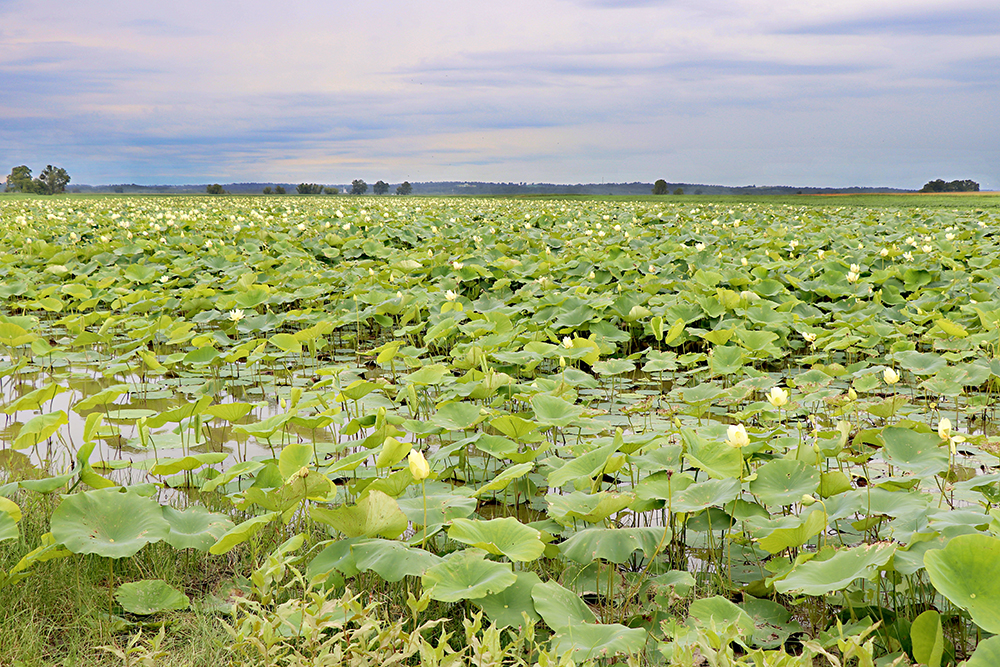
After visiting the church, we headed out to explore the island and found these fabulous water lily fields.
Using the GPS map, we tried to get as close as we could to what we thought was Beaver Island. You can see that in the end of the above video as well. This is what we saw.
This is where we were standing. It may not be Beaver Island, also known as Old Kaskaskia, across the way, but it is as close as we could get to our knowledge.
We continued to travel and we found the Mississippi River as well.
This is where we were standing during that part of the video above.
***
On June 1, 2017, we attempted to drive to Kaskaskia, but it was flooded. We did make it onto the island, but could not make it all of the way to the city. There was a vehicle that cross the water over the road, but we did not want to risk it as our vehicle was smaller. It sure did make for some great photos though!
I am not sure where these photos were taken from, but it appears to be of Kaskaskia from the Illinois side of the river.We must have crossed the Chester bridge and went on an adventure.
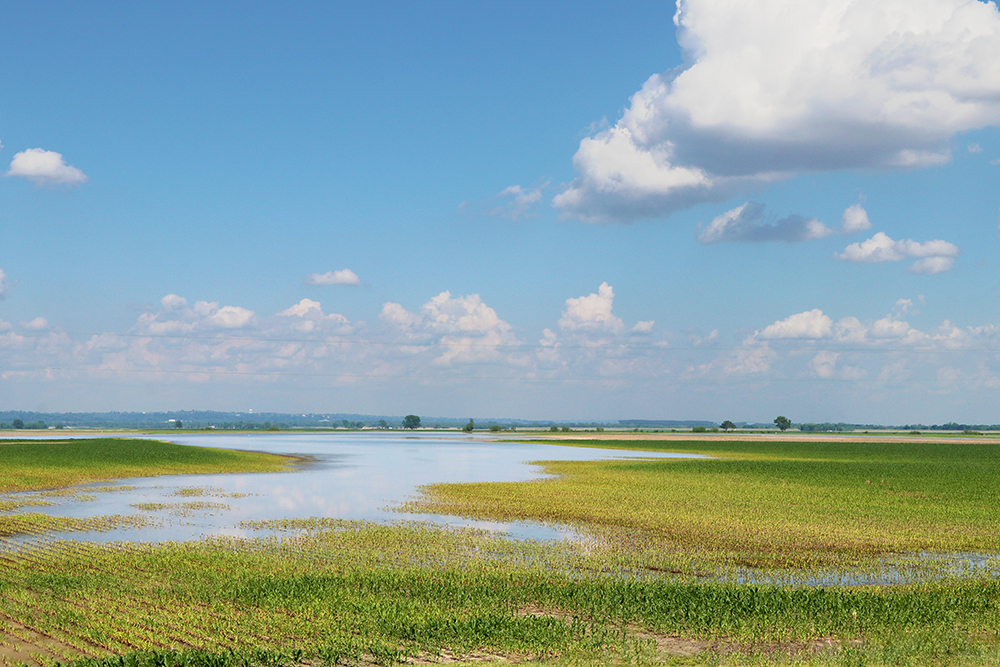
Here are a few 2003 photos of Kaskaskia.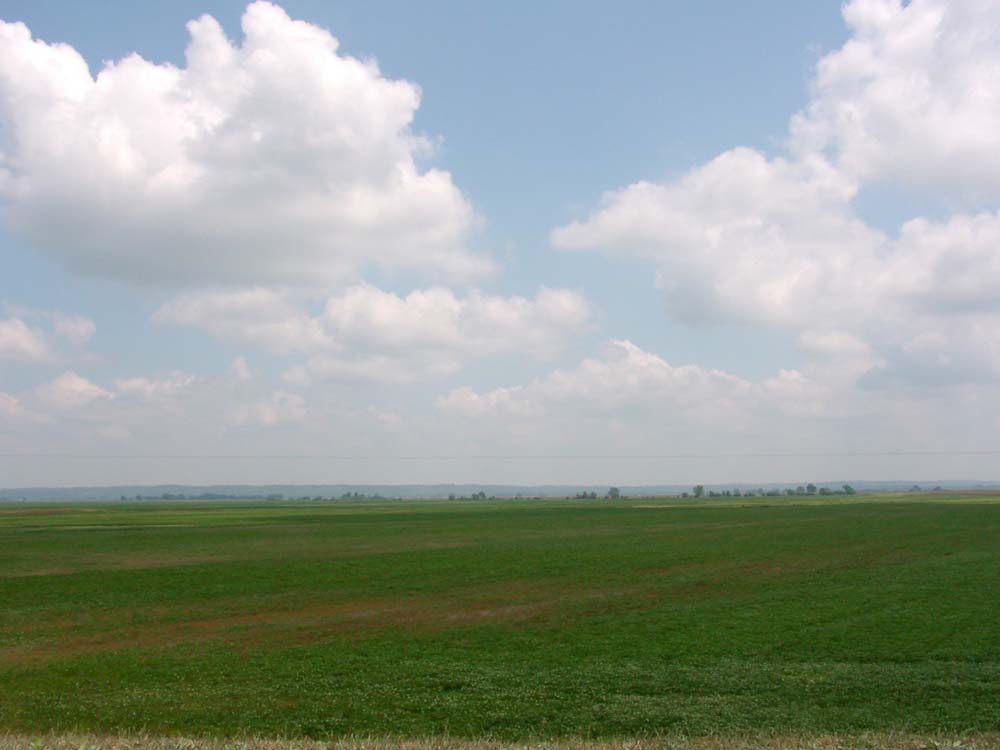
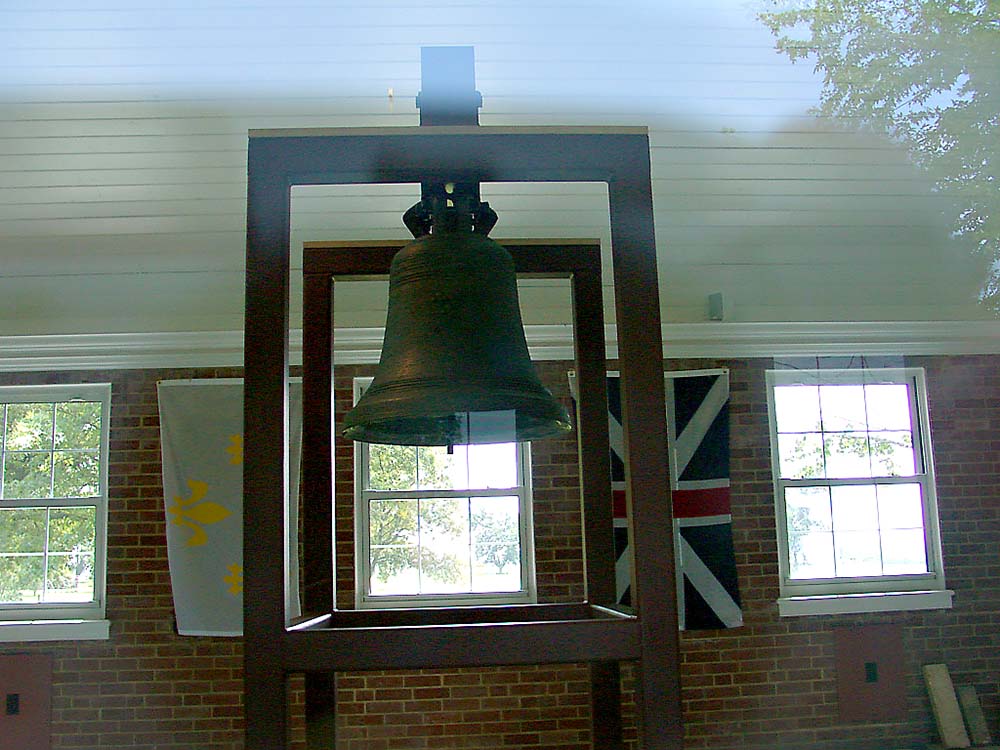
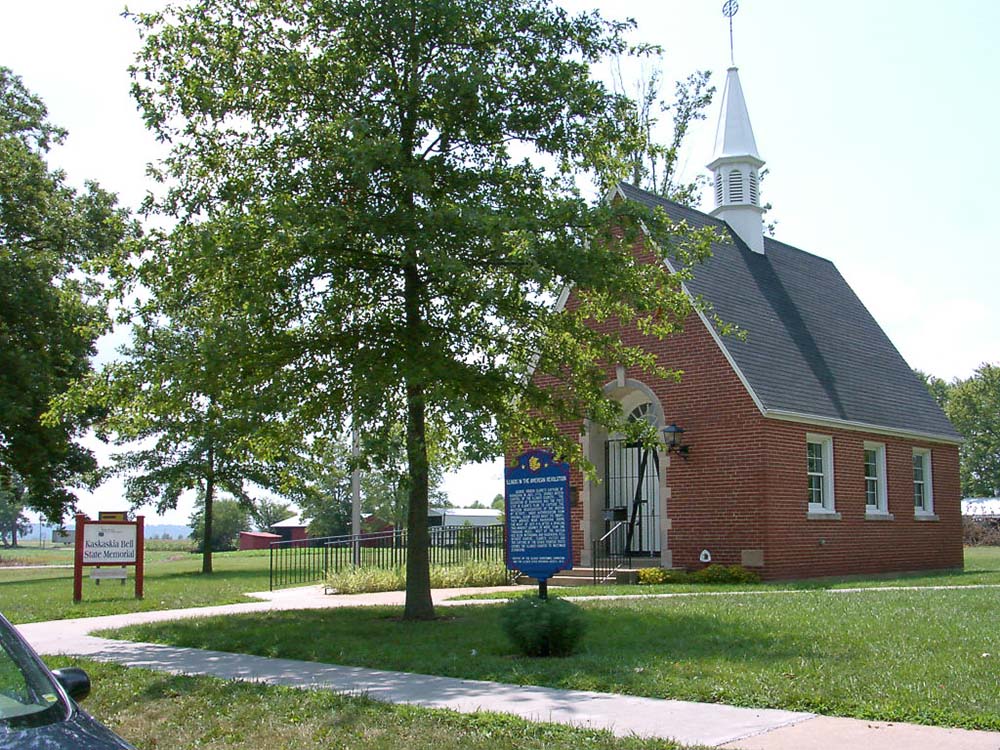
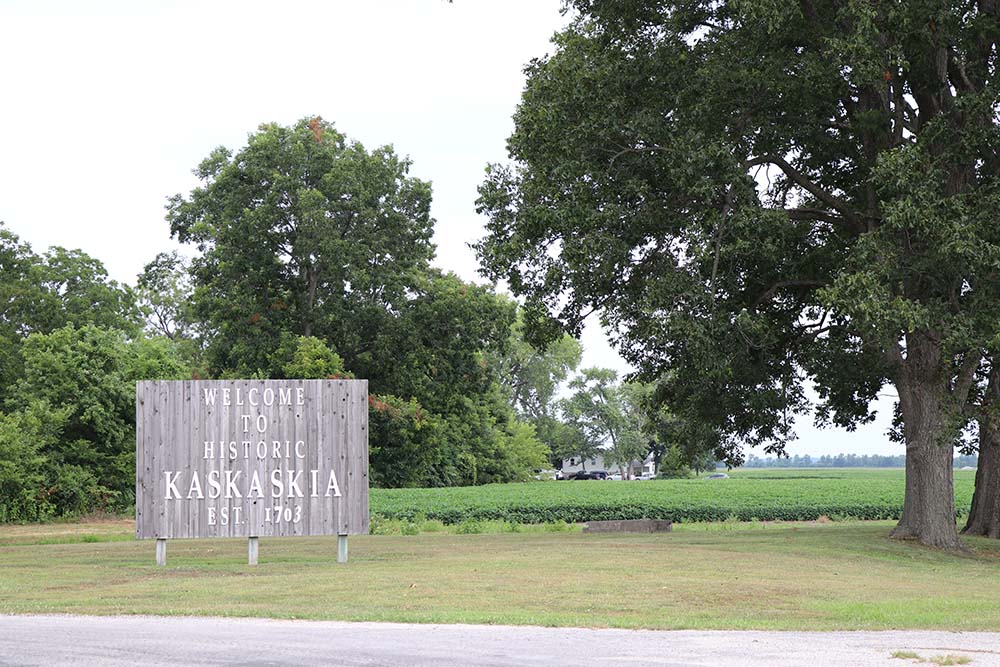
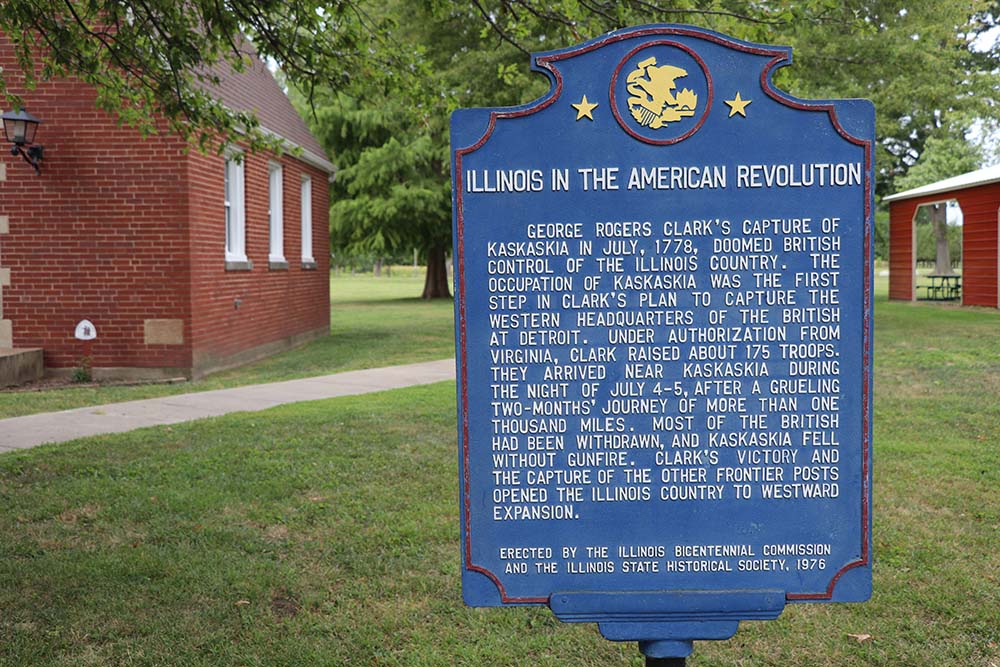
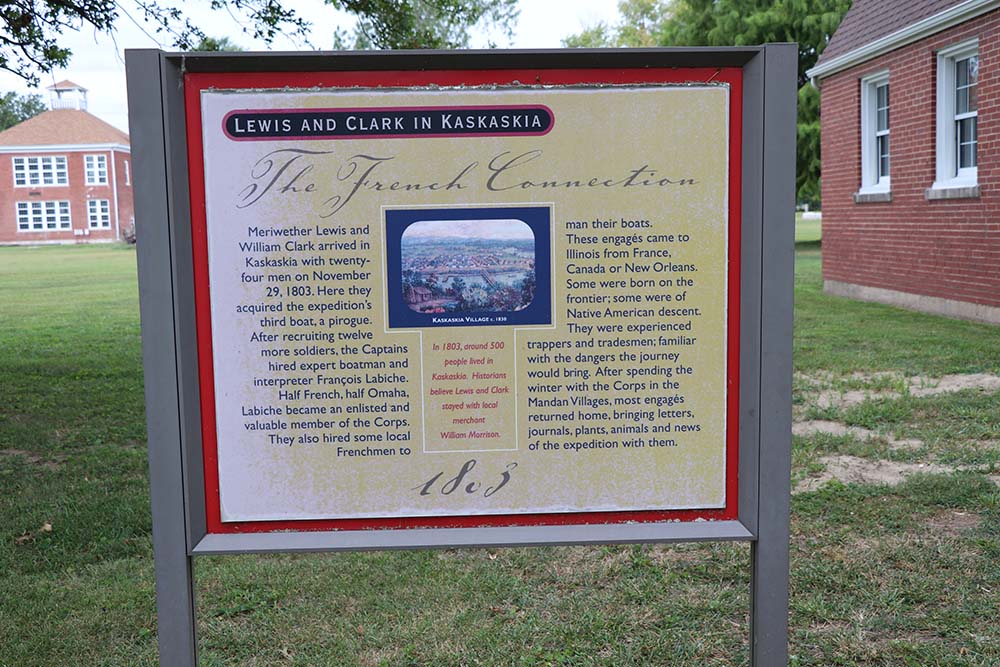
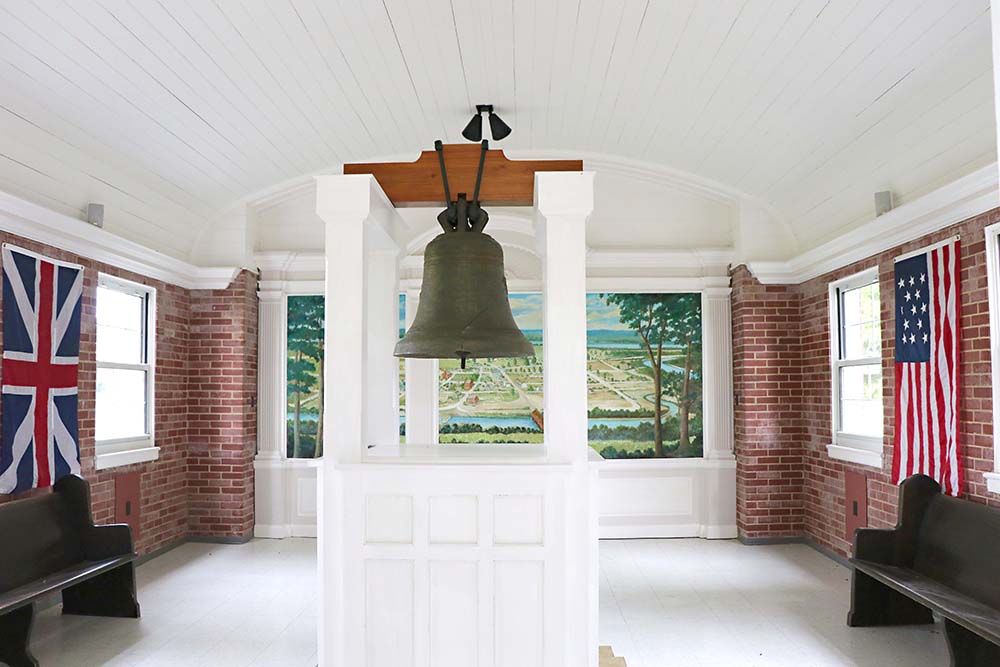
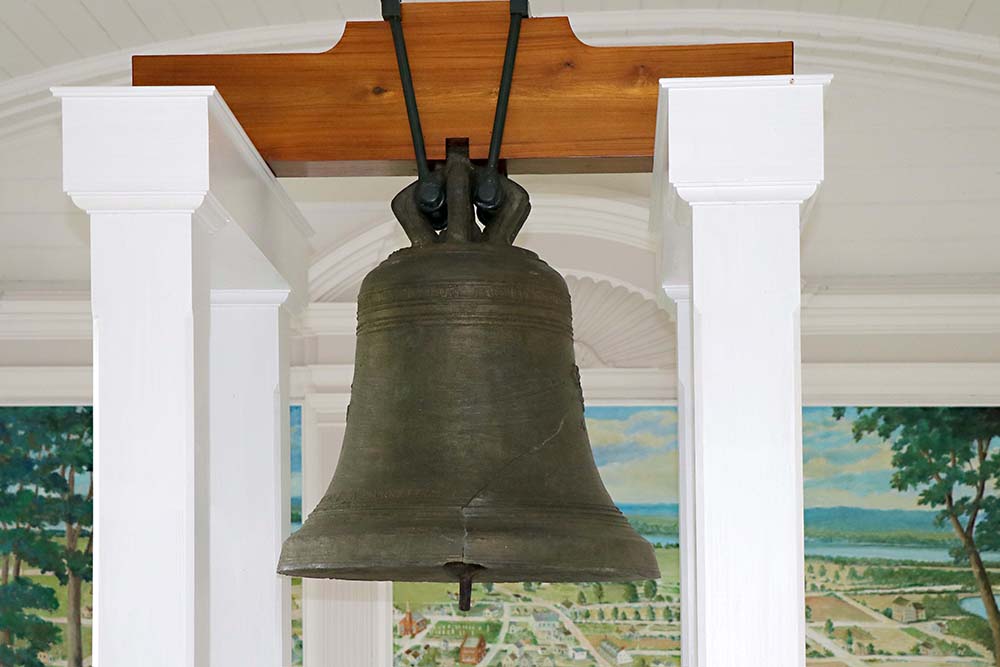
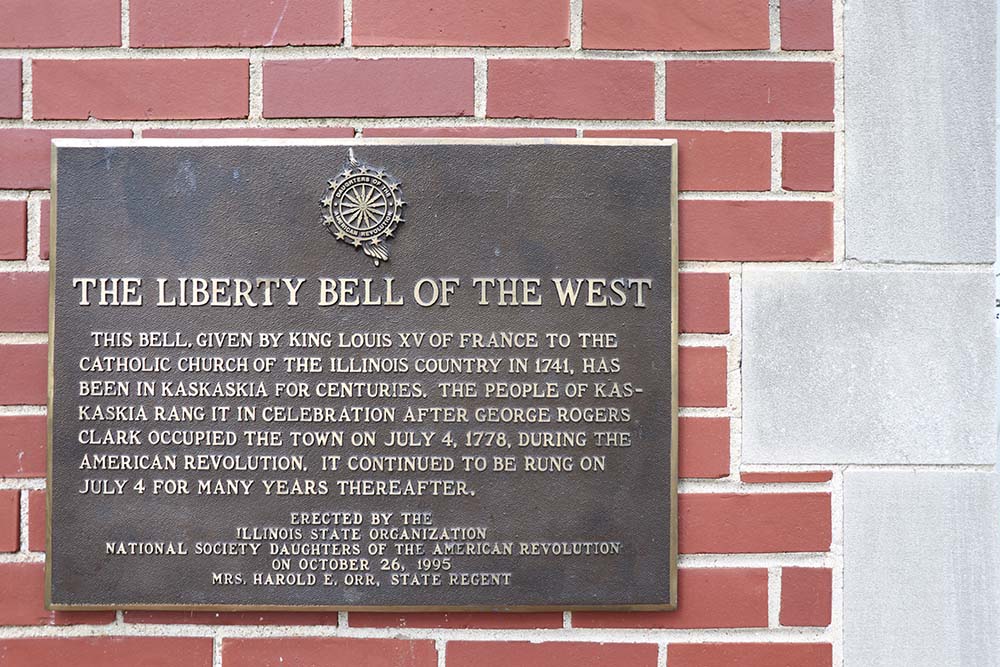
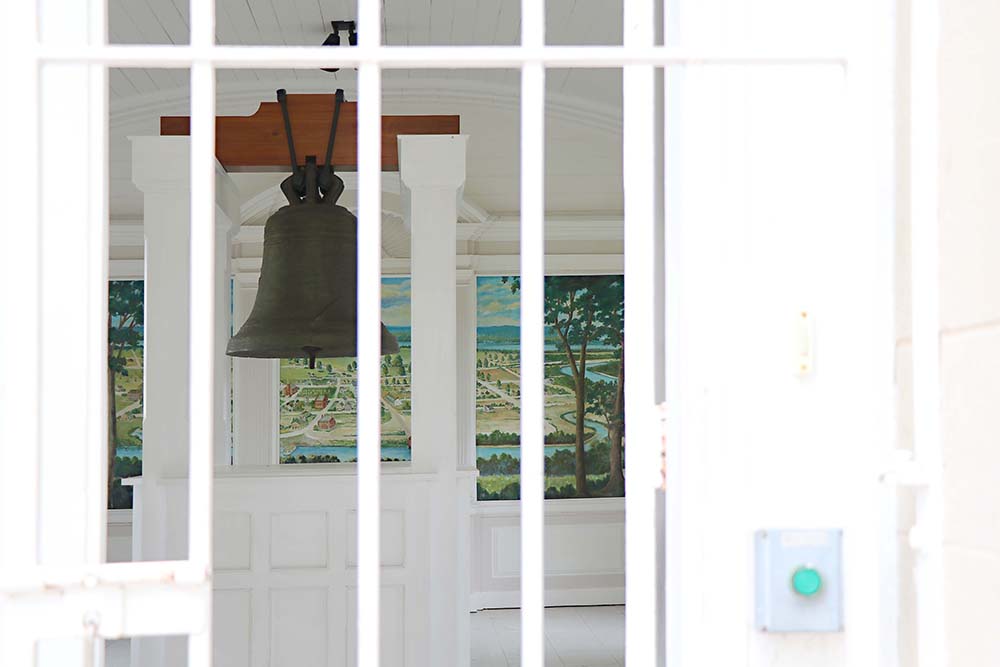
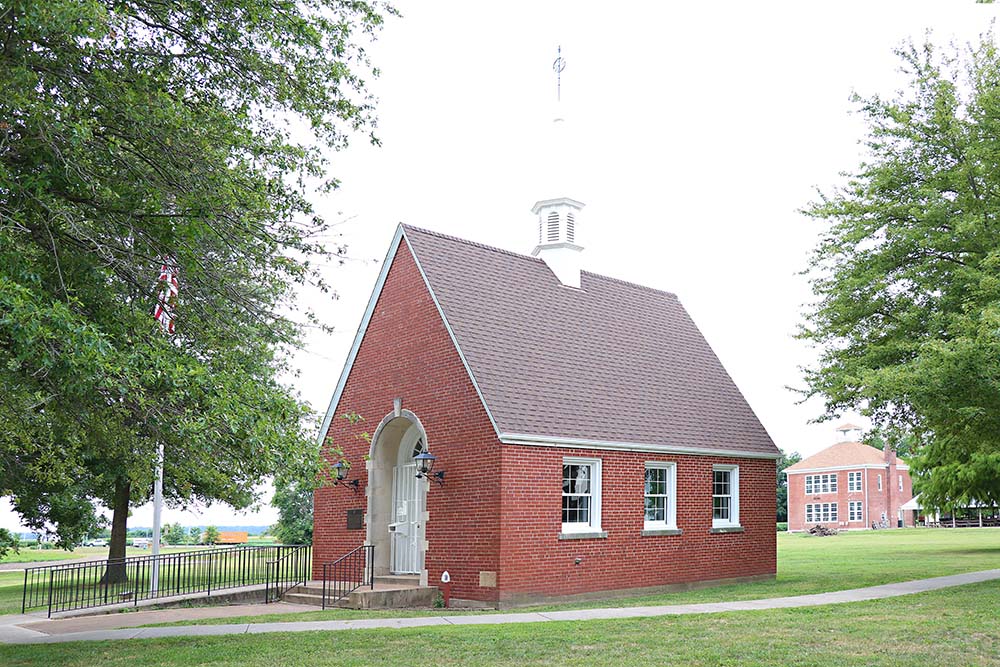
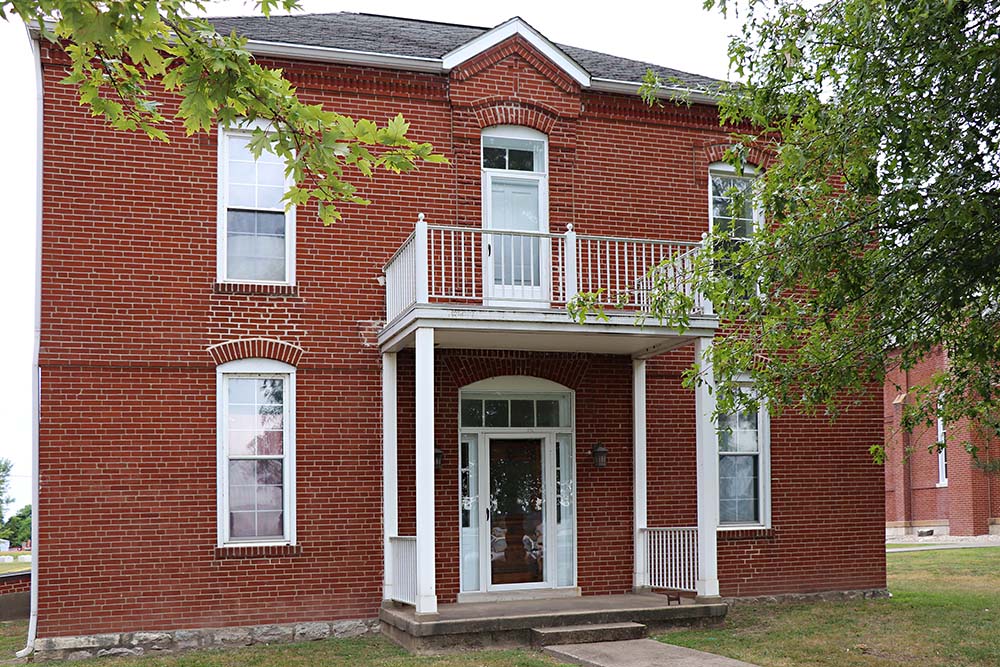
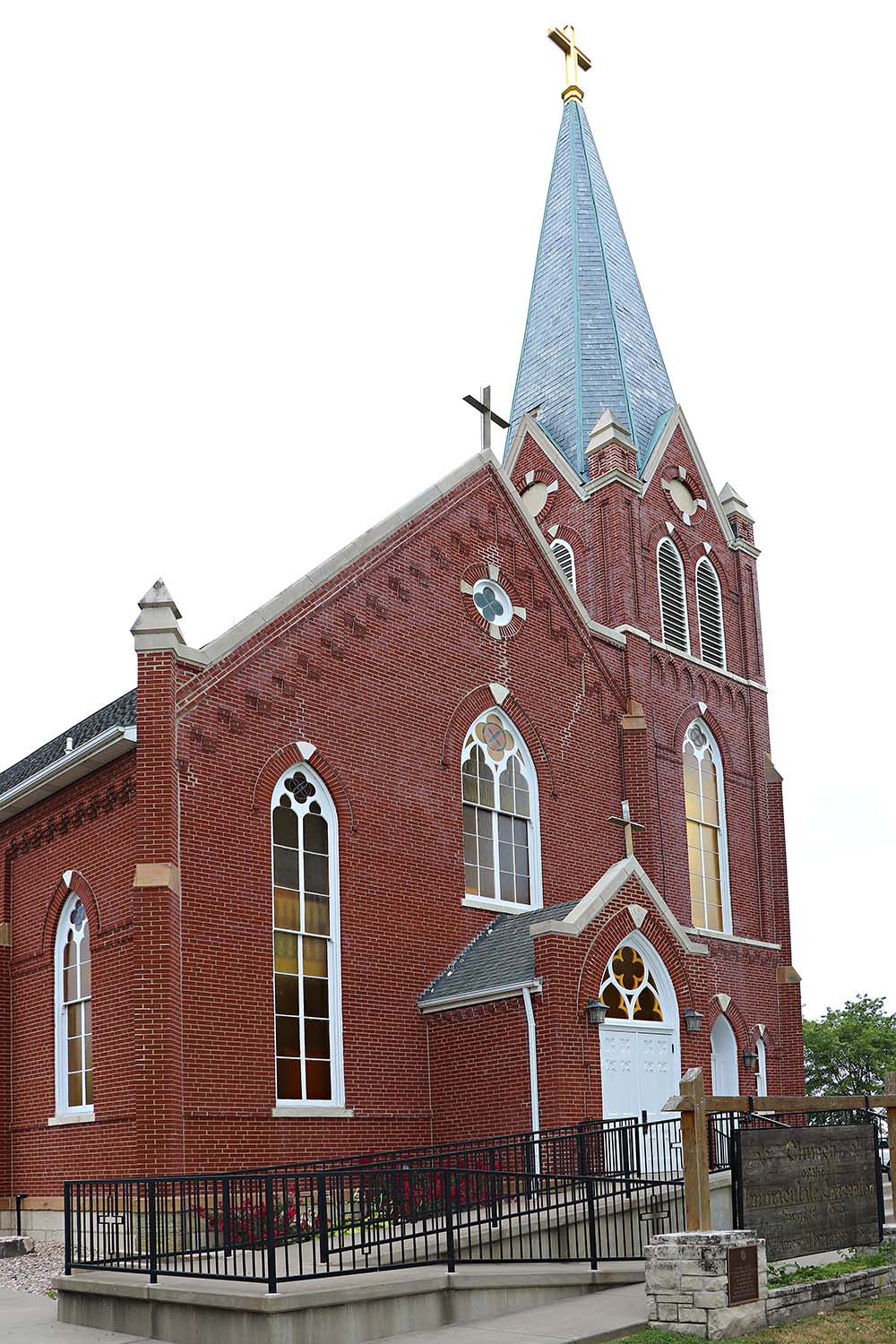
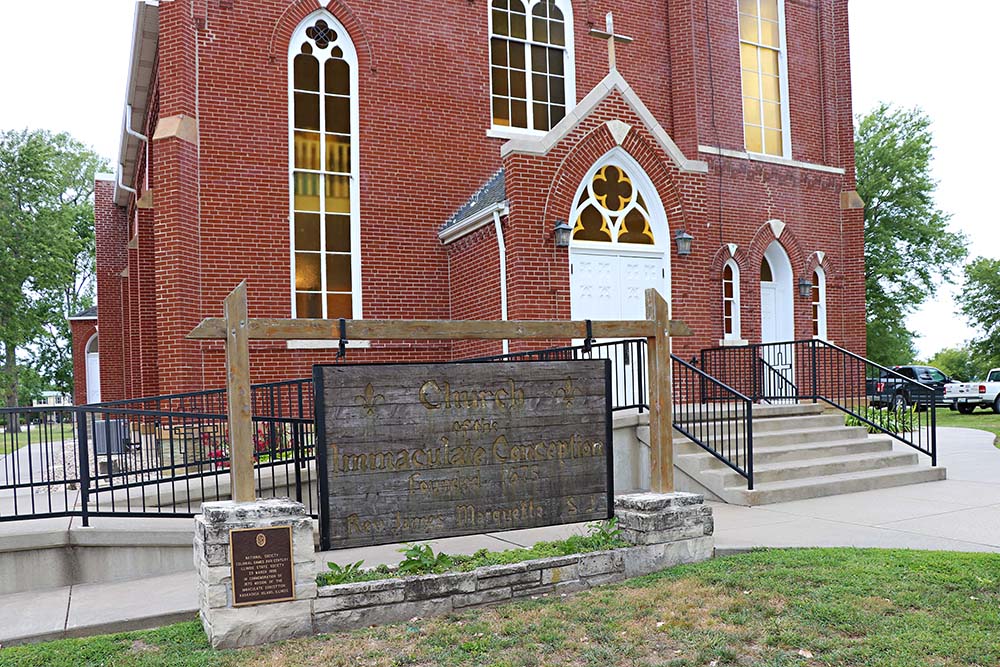
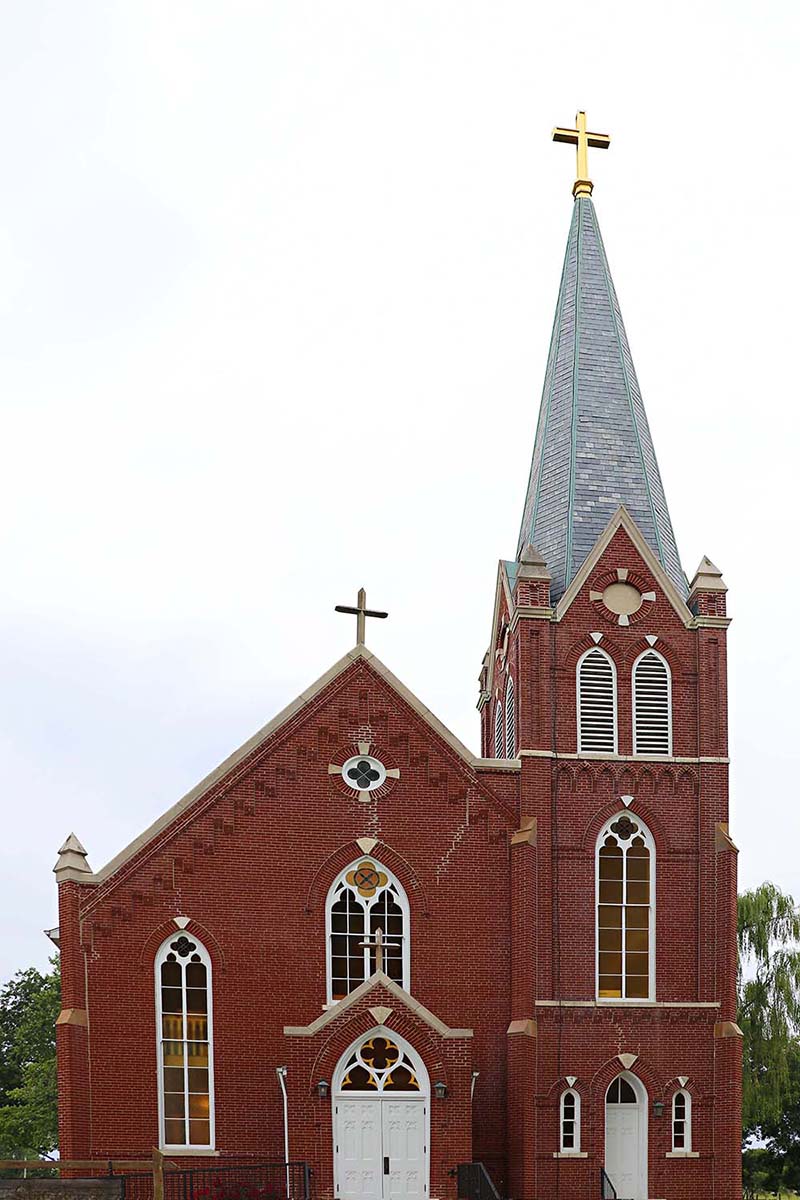
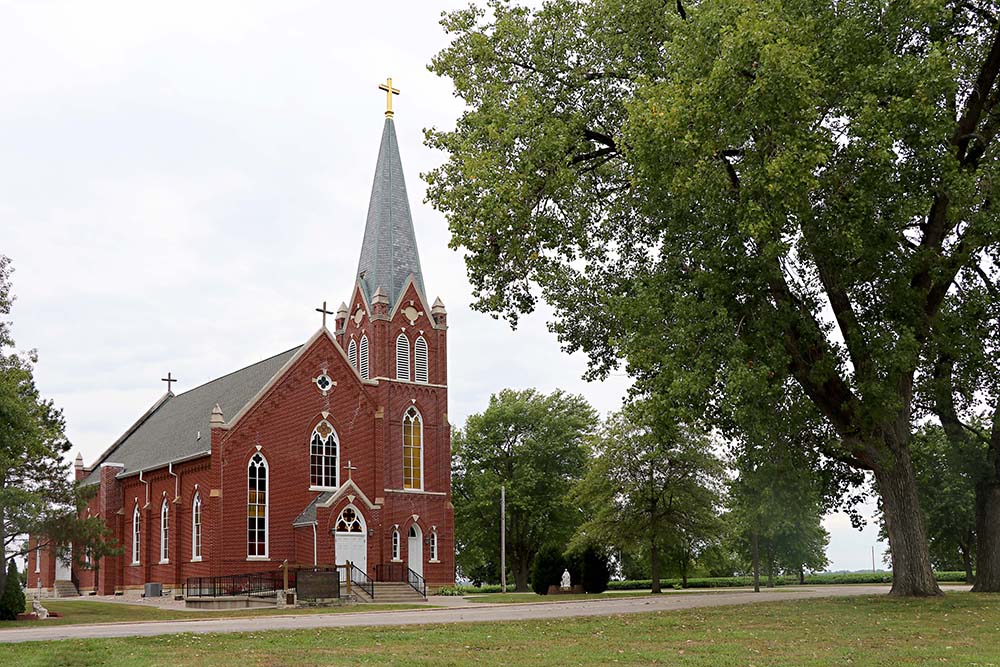
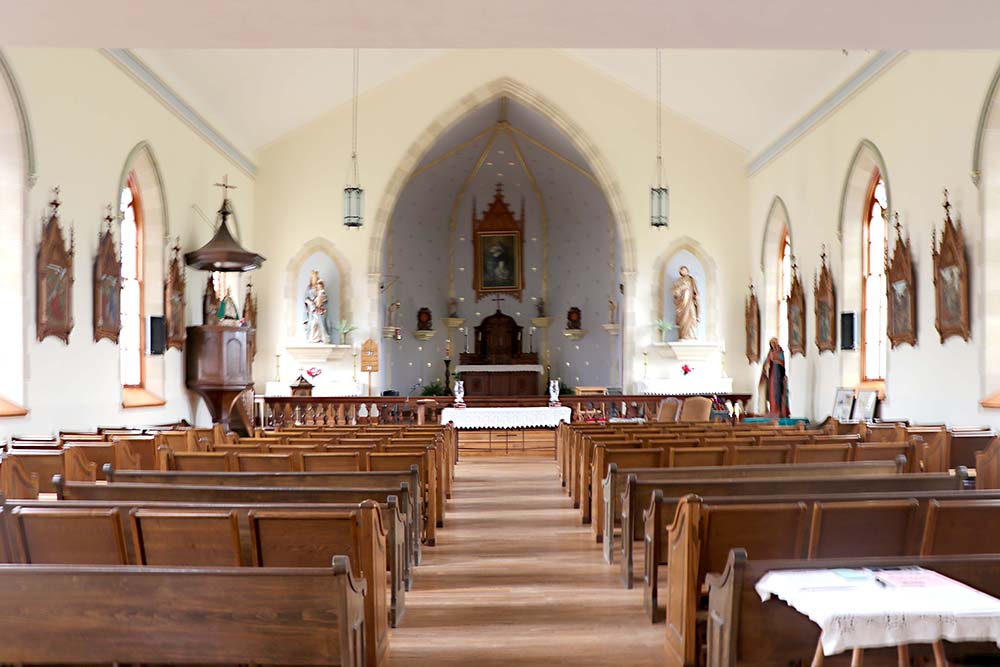
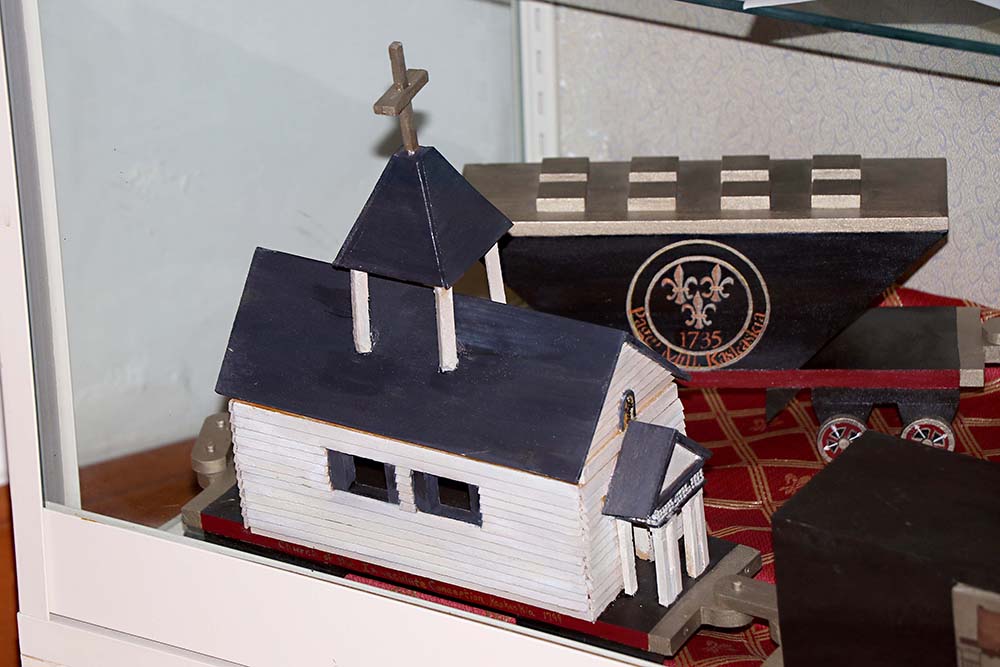
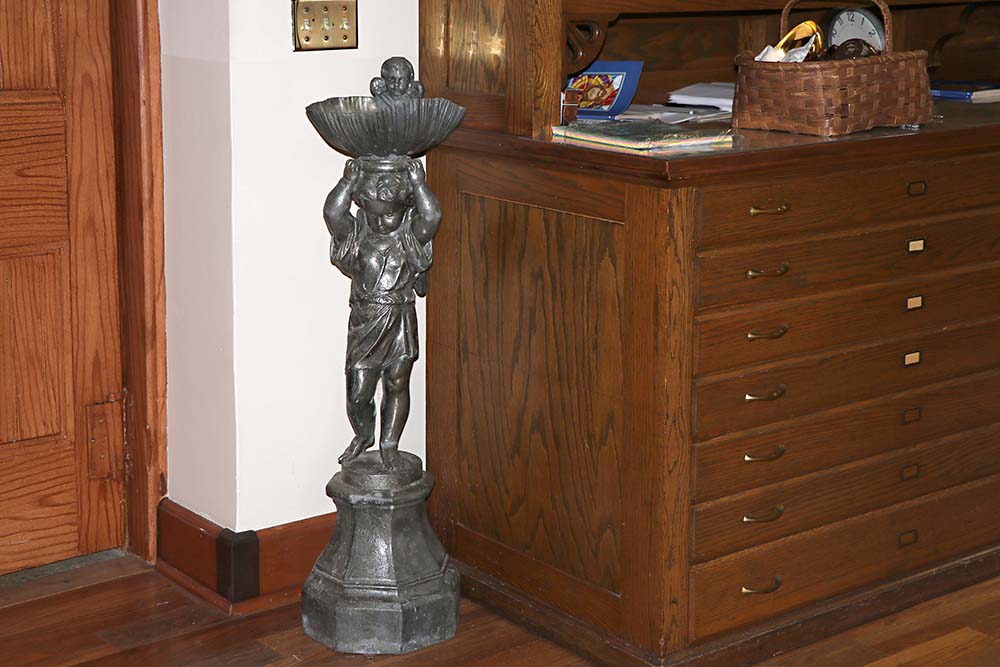
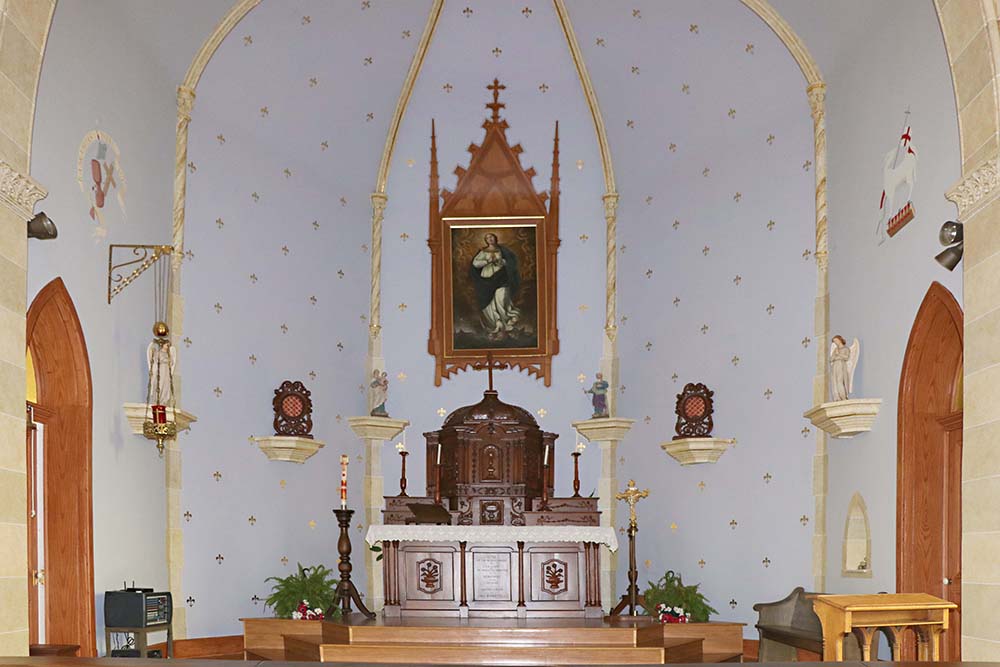
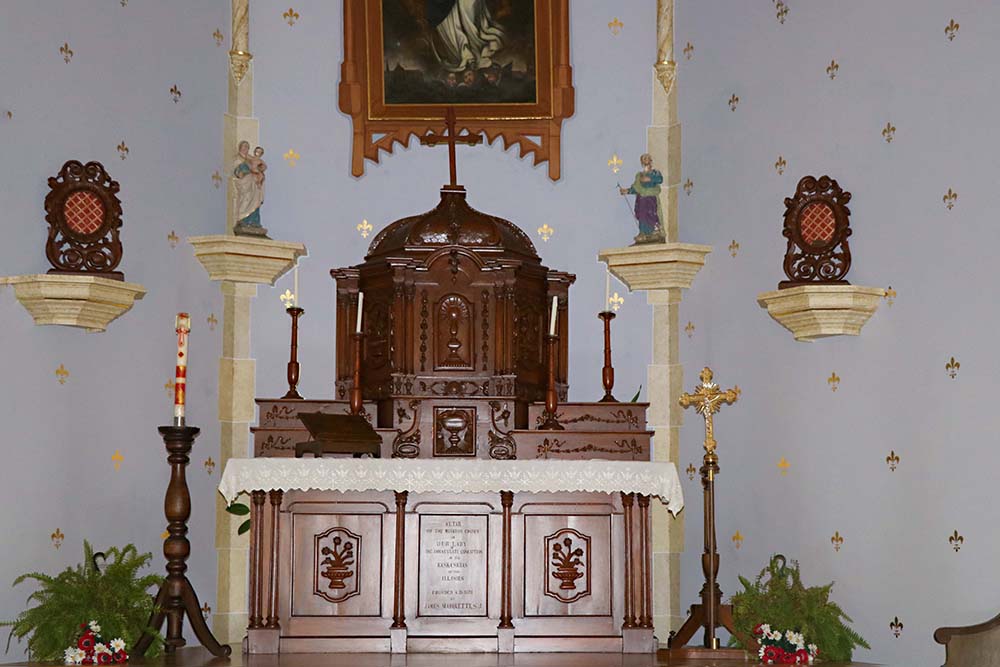
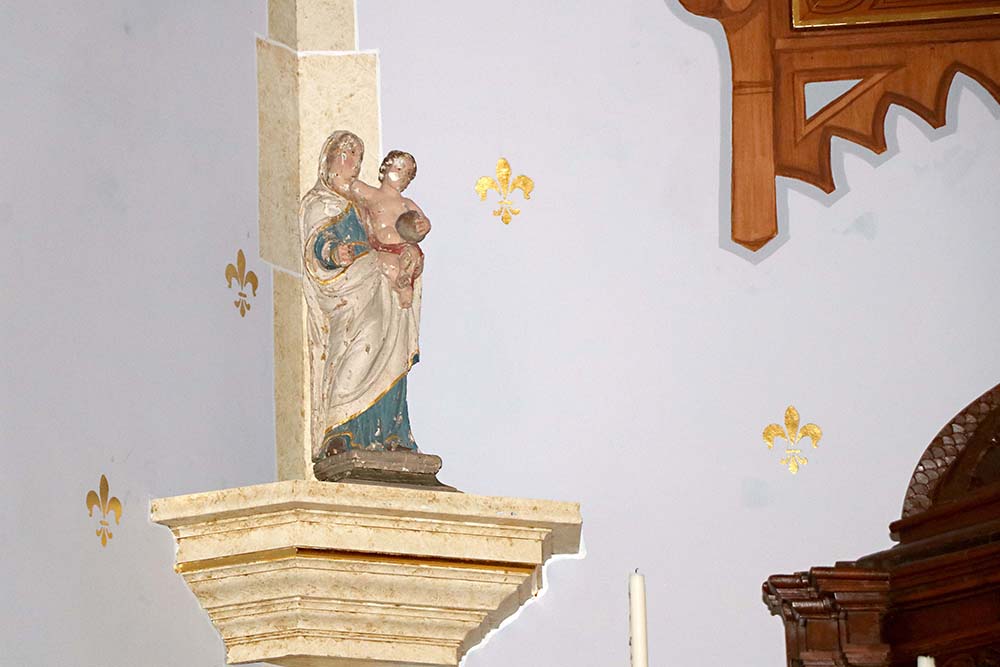
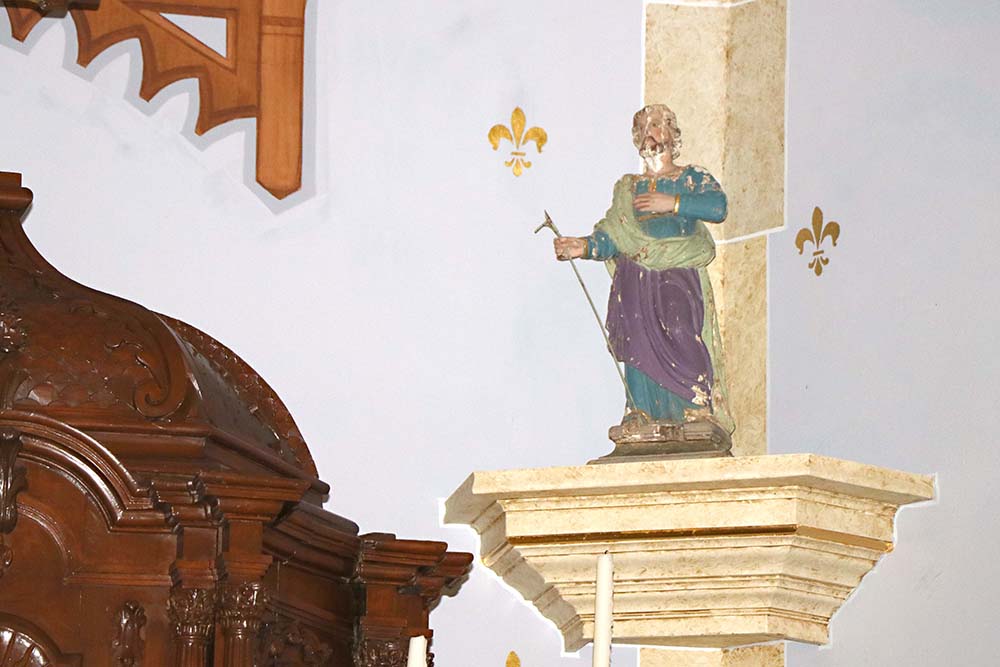
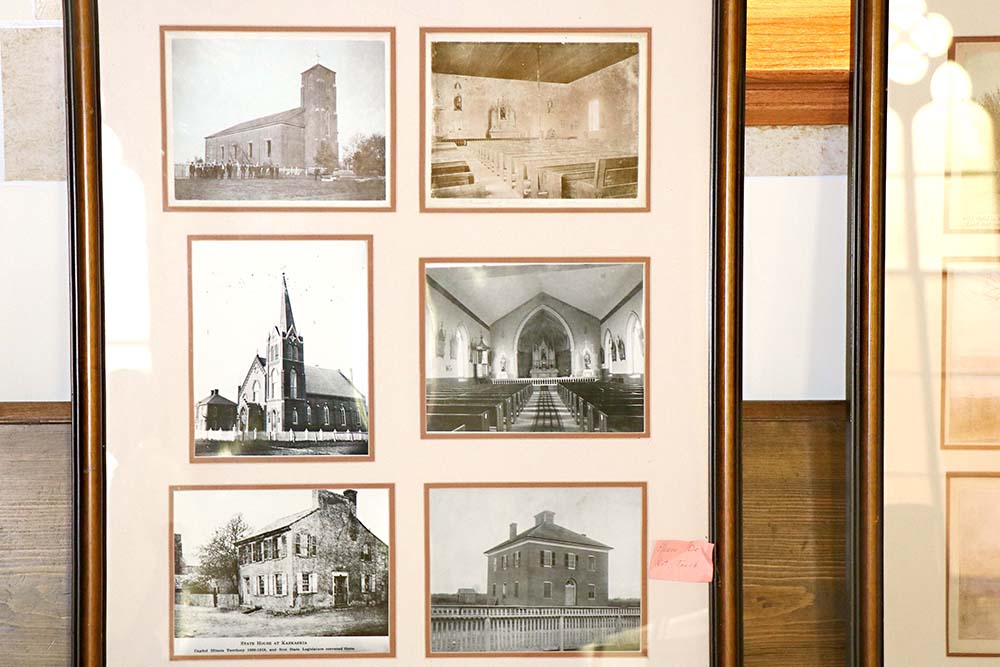
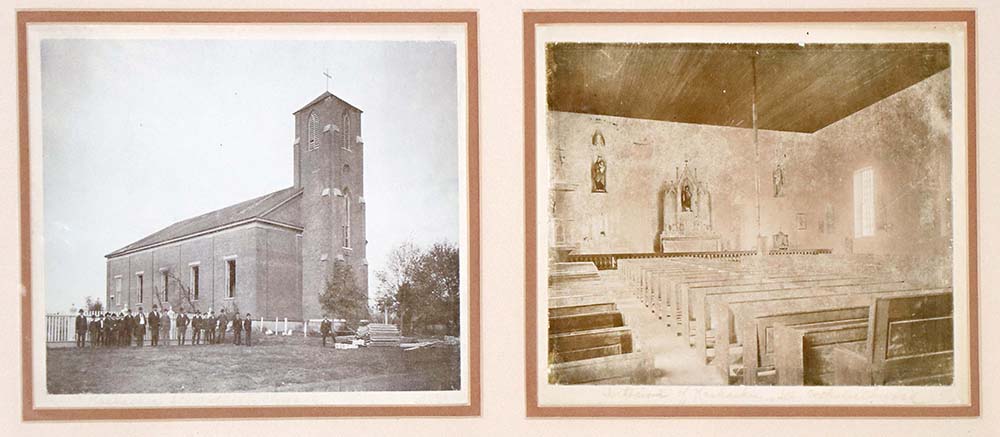
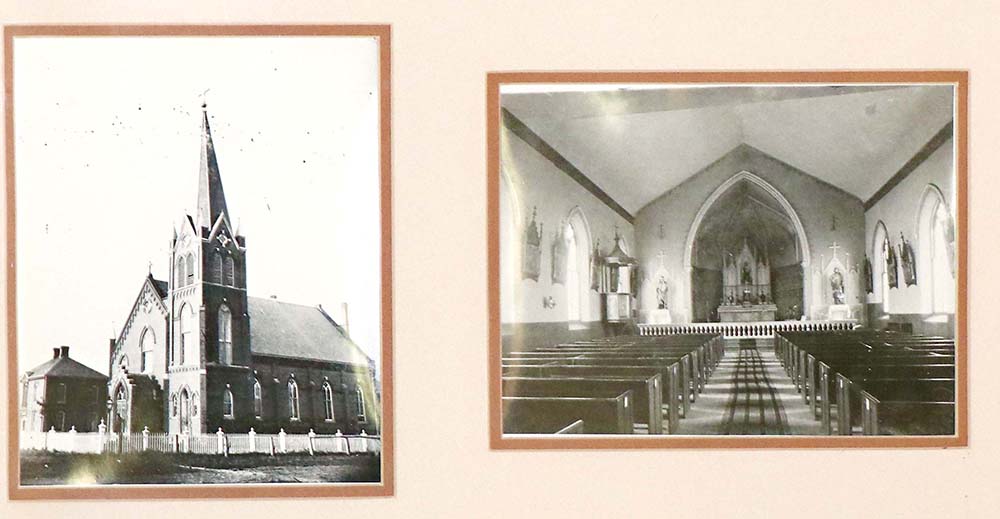
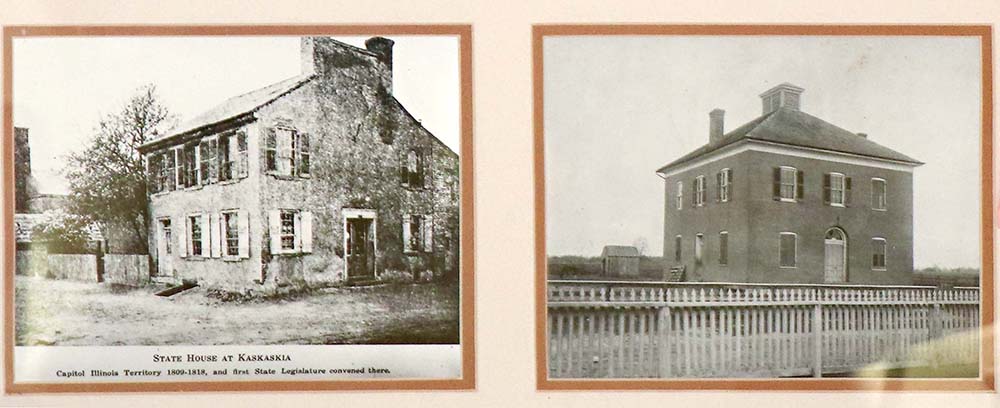
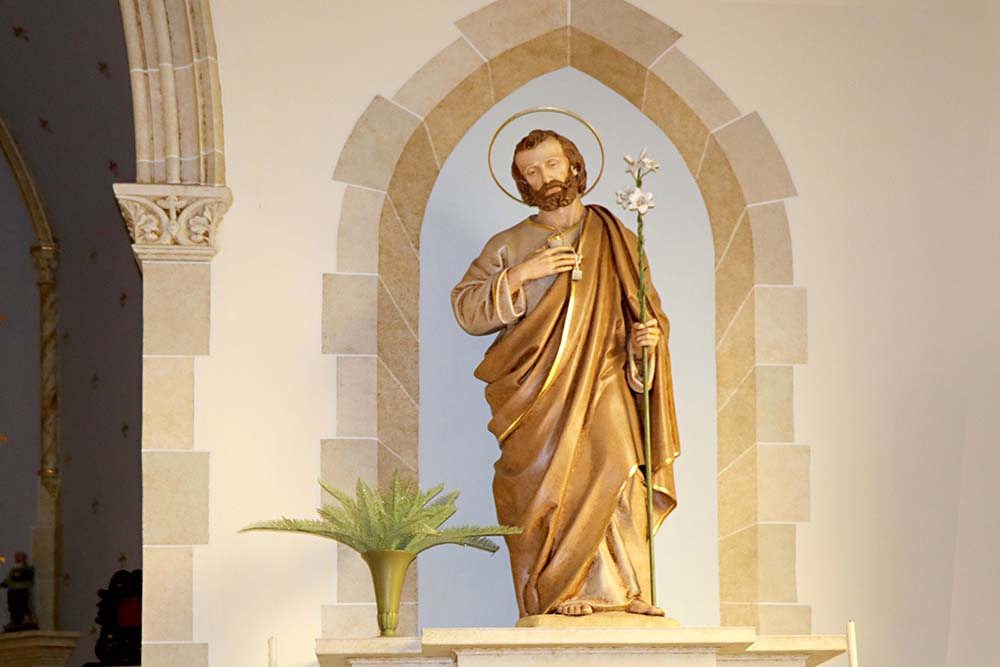
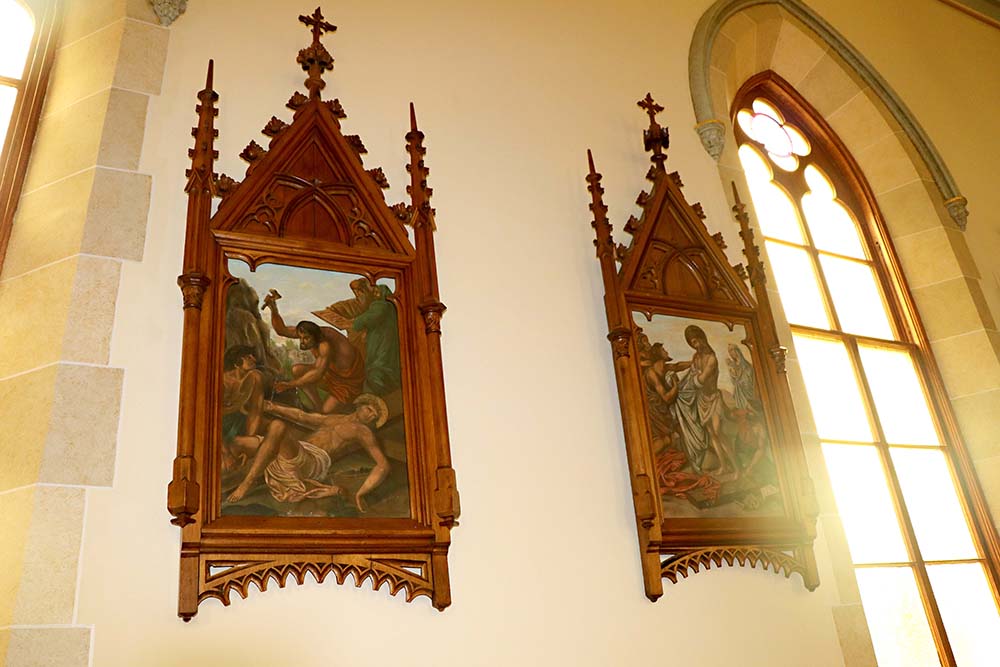
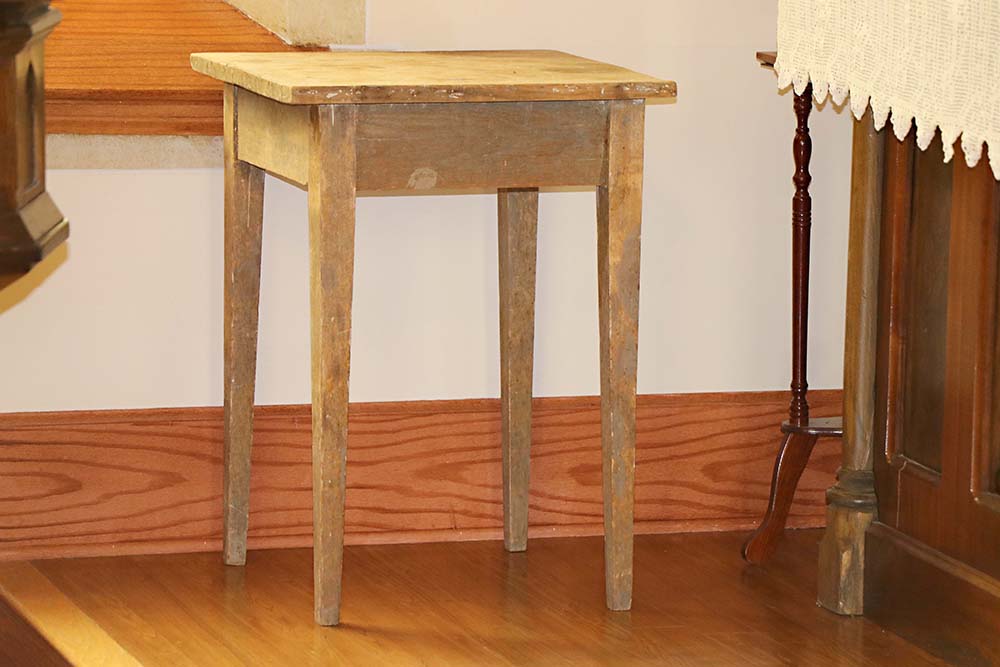
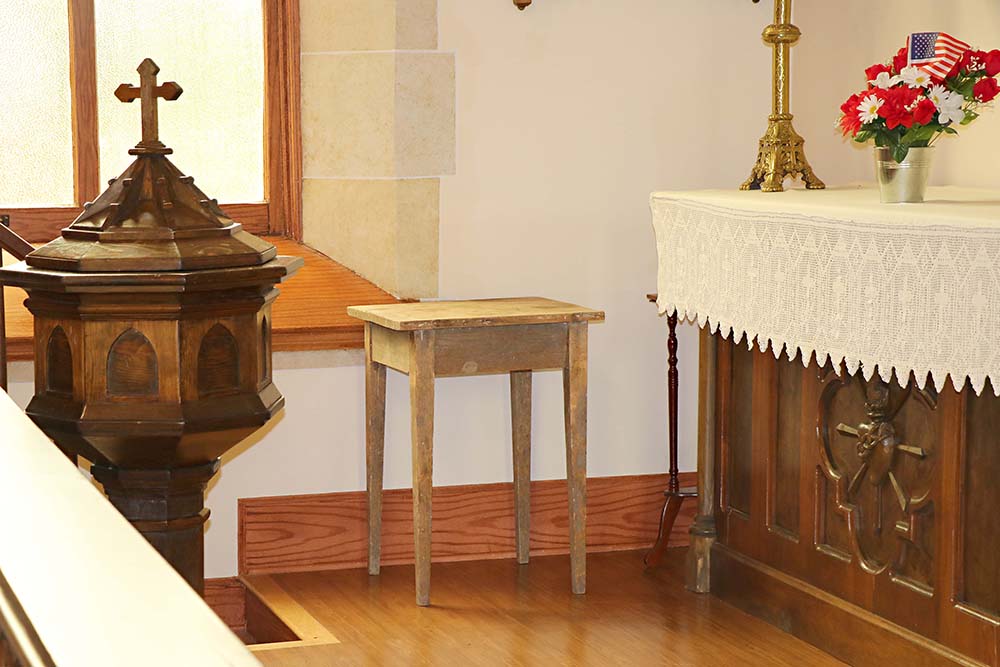
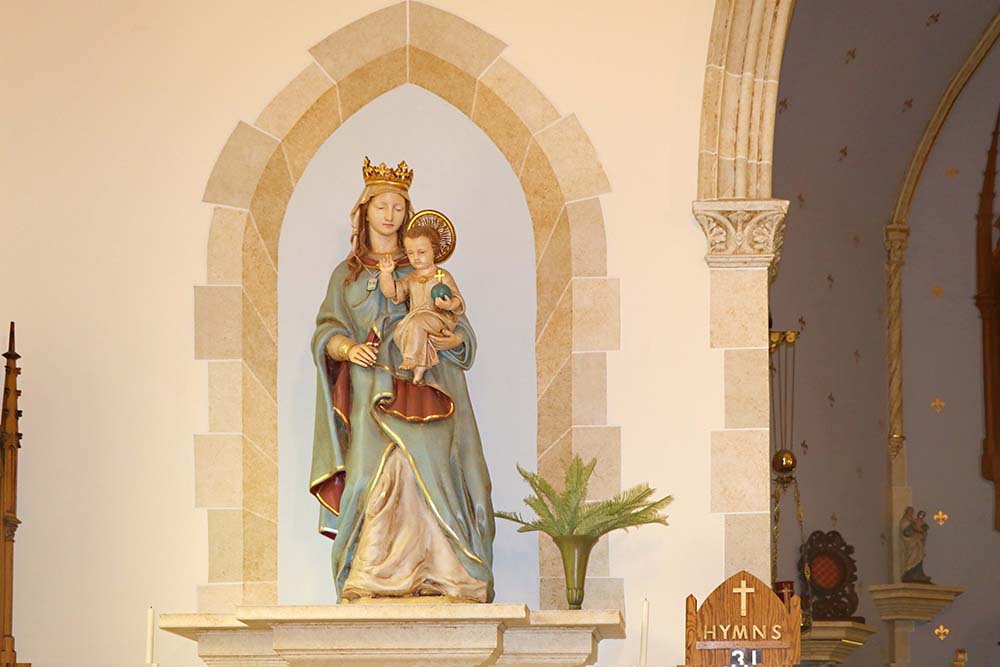
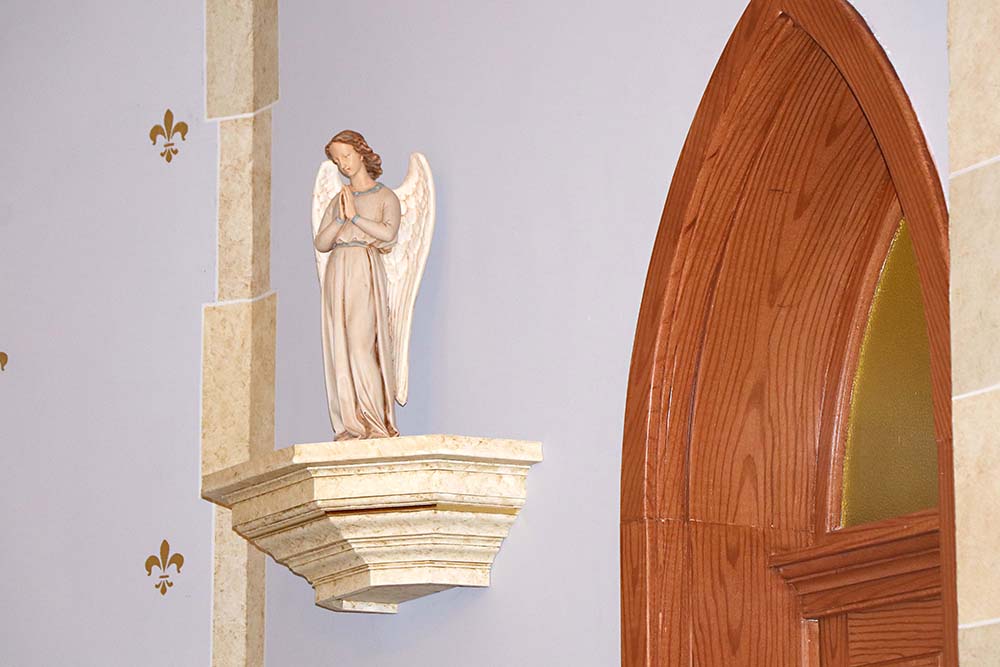
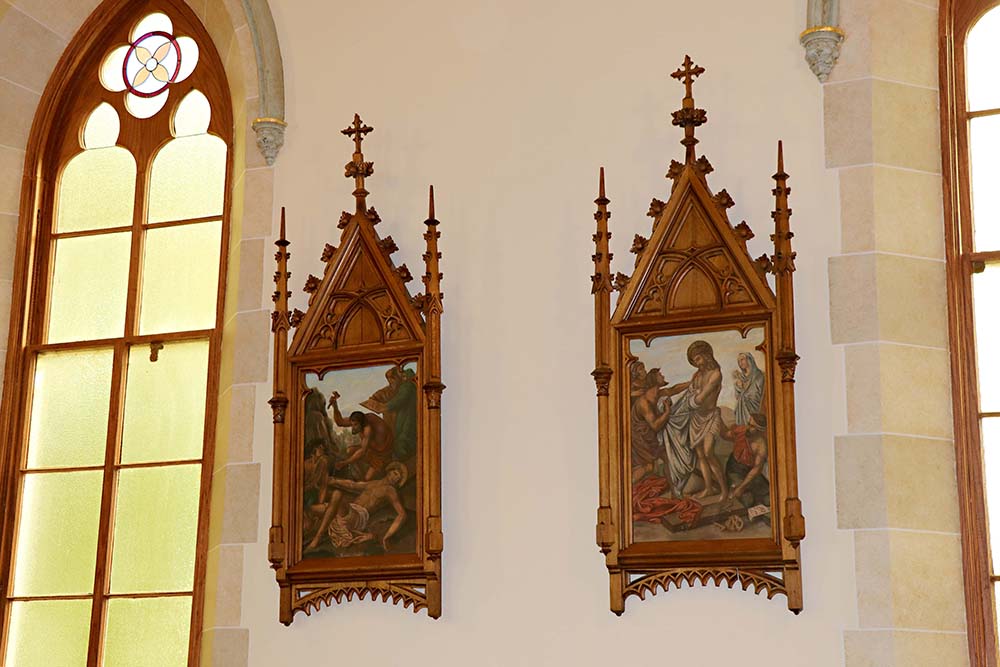
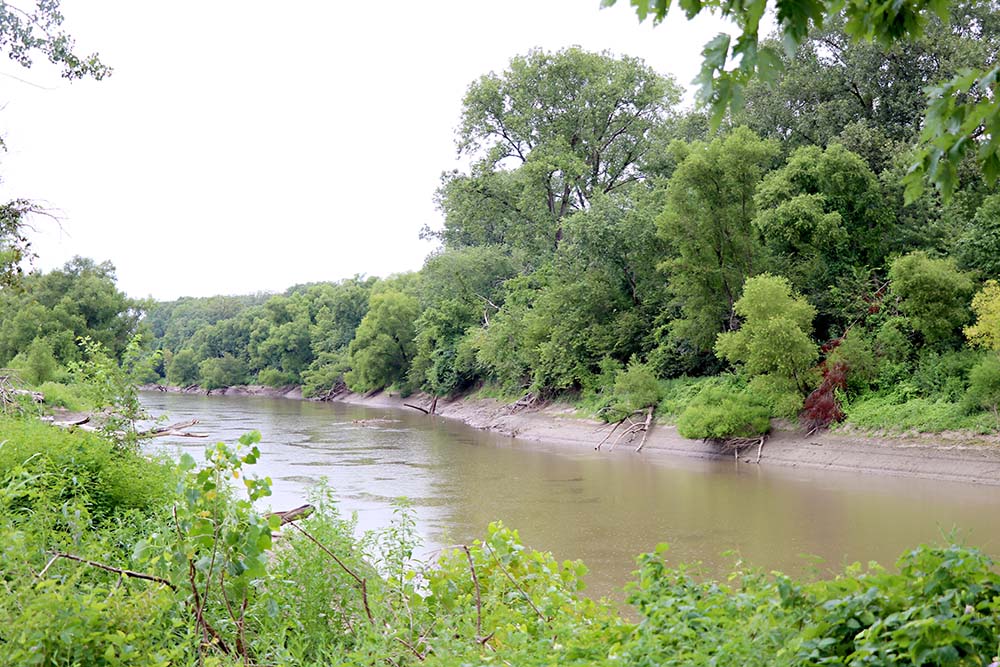
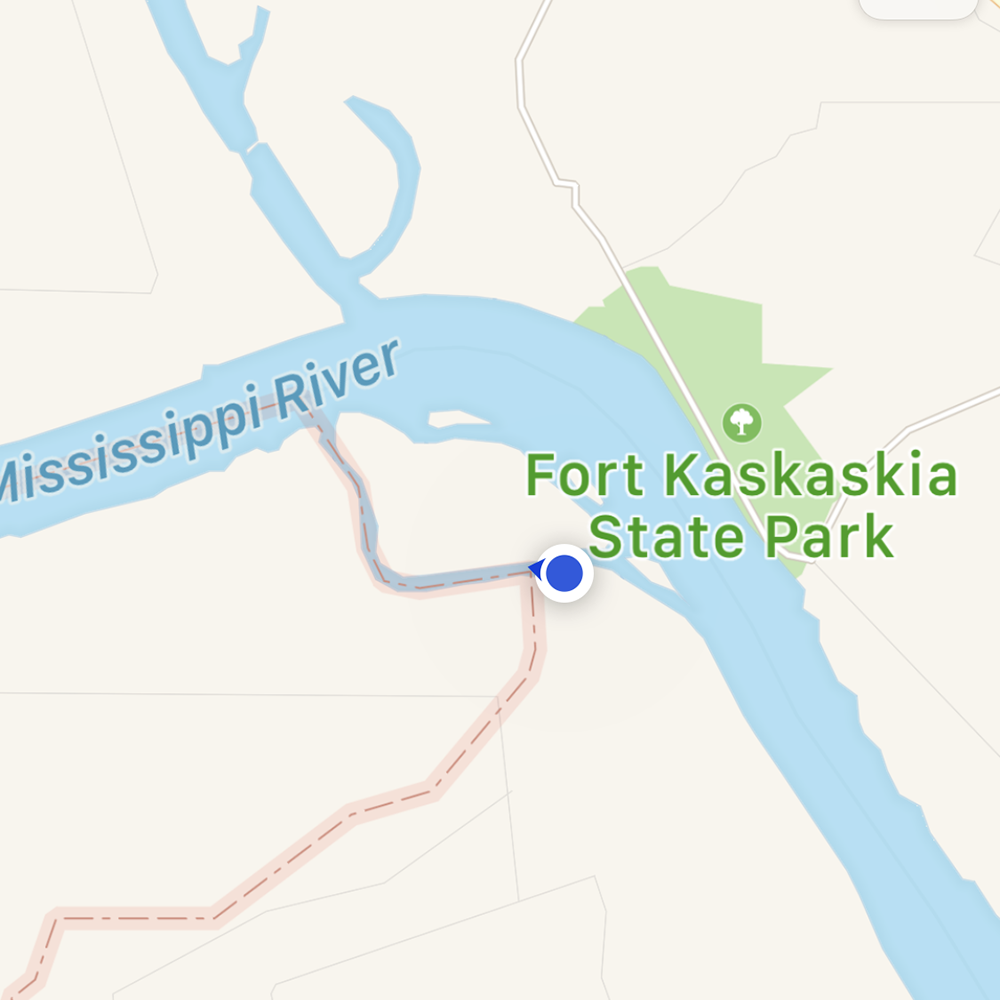
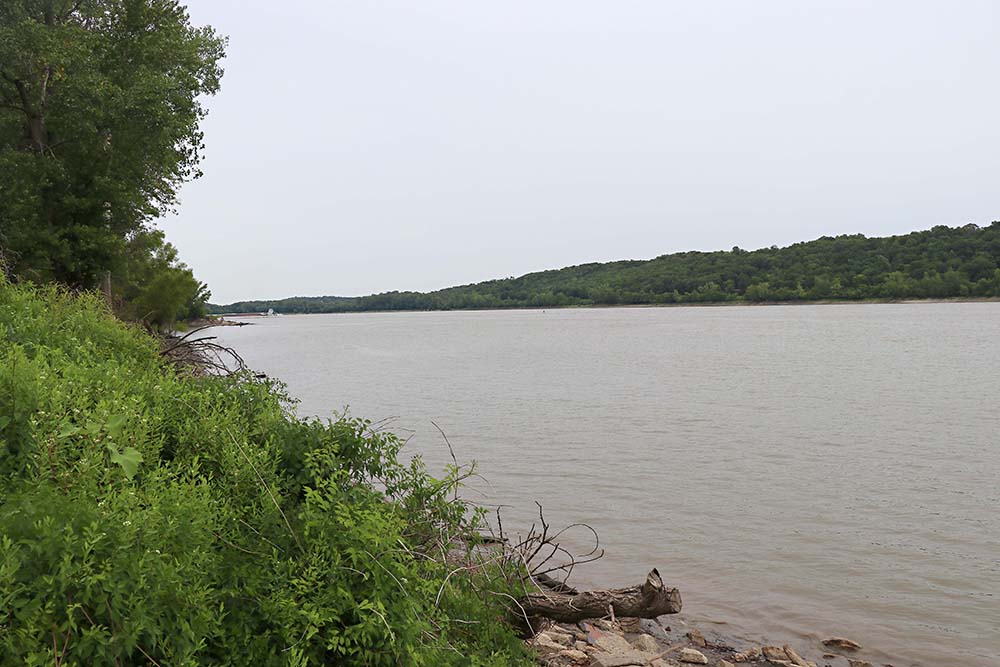
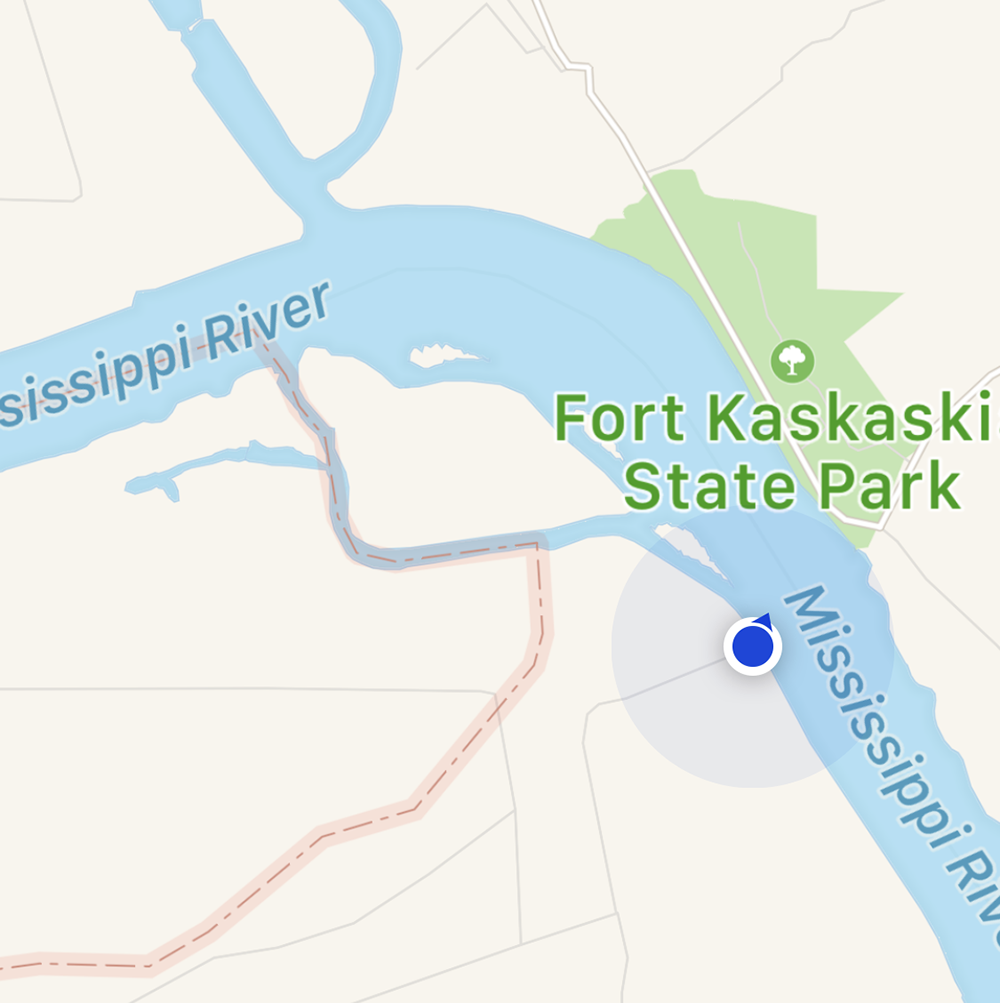
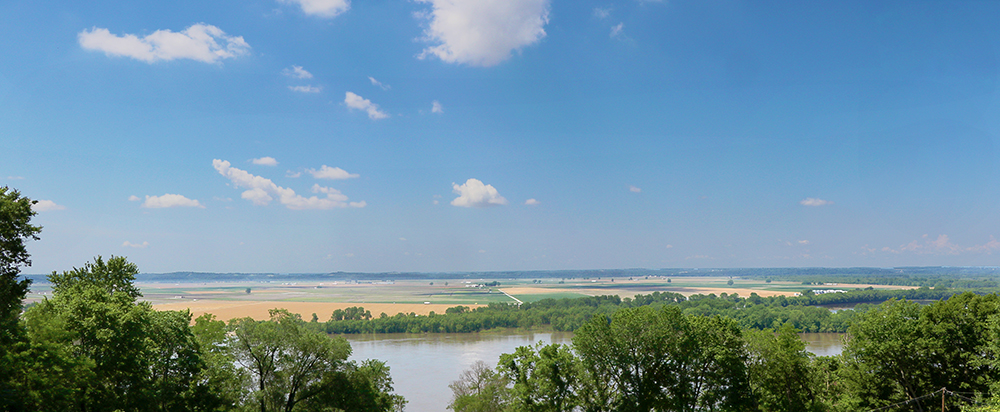
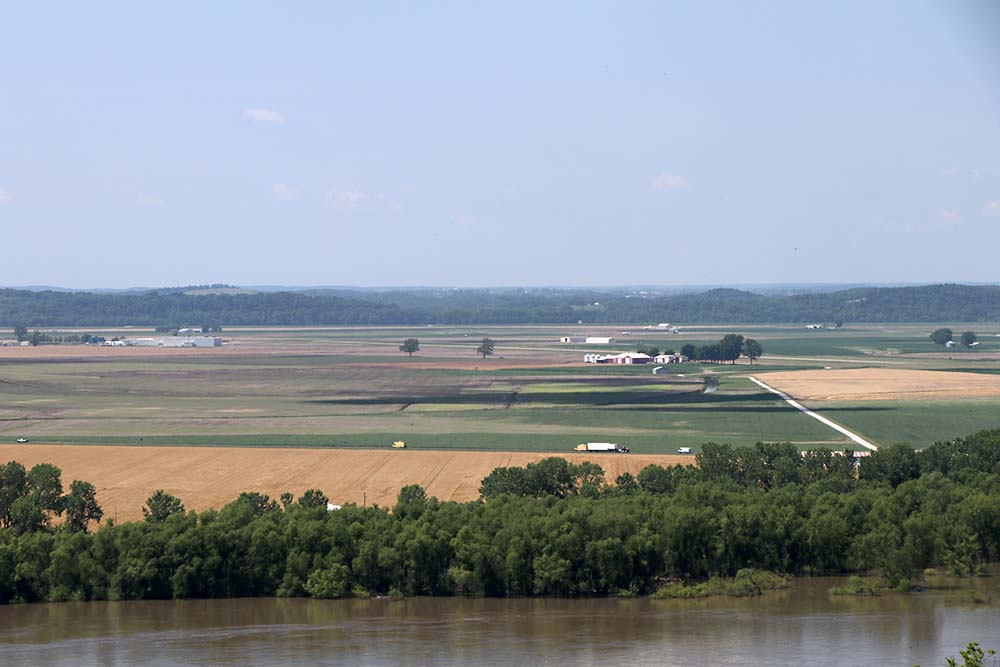
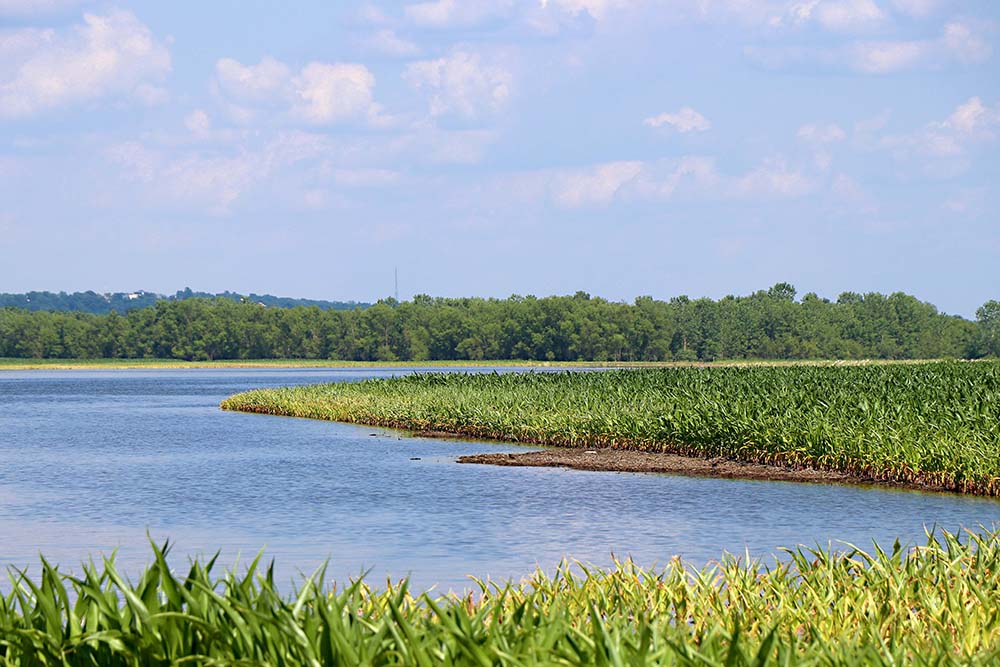
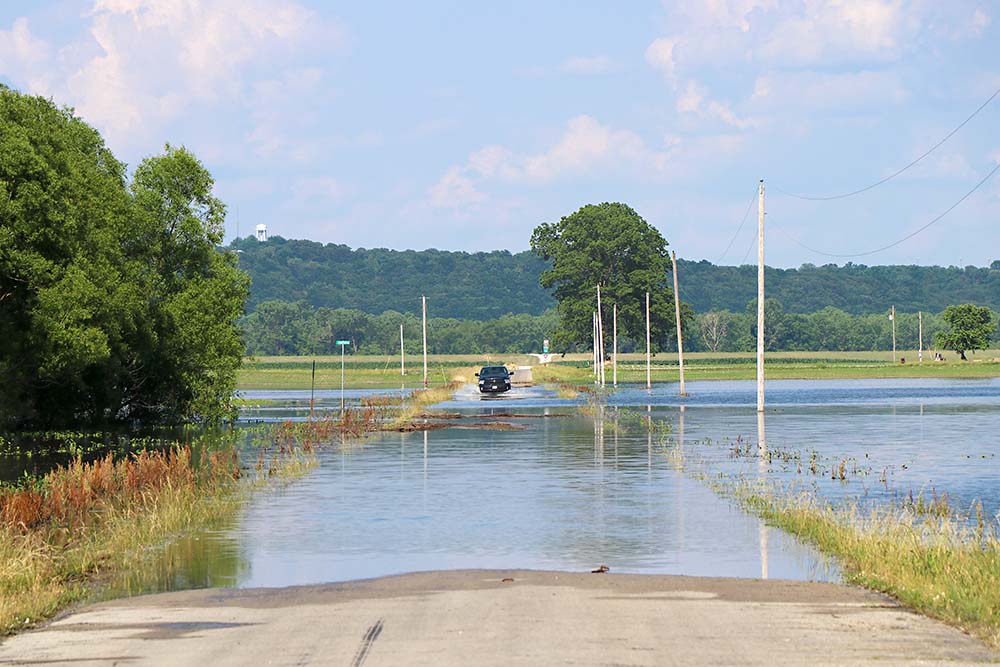
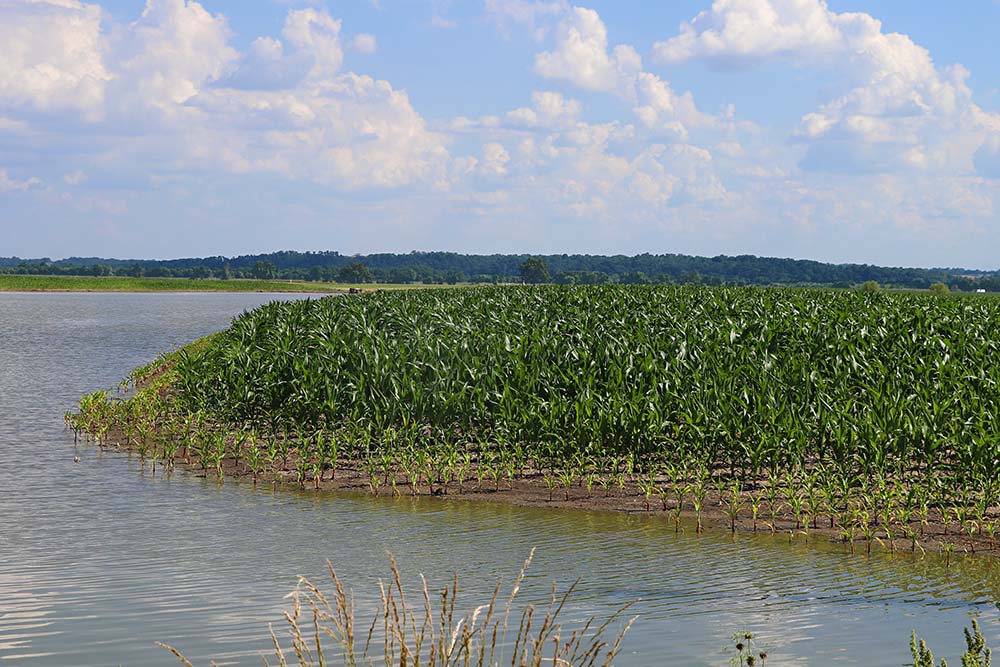
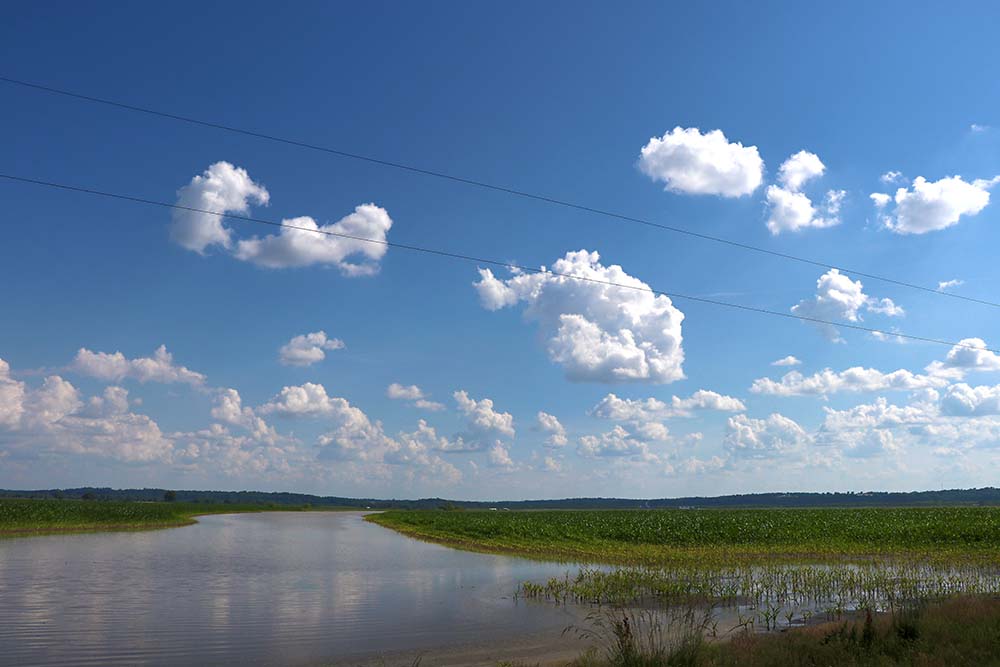
.JPG)
